Flower Power 2025: A Global Tour Through Blooms and Well-Being
I seem to be constantly triggered by the power of flowers—not in a dramatic way, but in a quietly compelling, soul-stirring one. Something shifts in me each time I step into a garden, inhale the soft fragrance of lilacs, or see the vibrant colors of tulips unfurl like an artist’s palette. Though I now live in New York City, I was born in Japan, where the arrival of cherry blossoms each spring is more than a season—it’s a sacred rhythm of life. But over the years, I’ve discovered that “flower power” extends far beyond sakura, and far beyond Japan.
There’s something undeniably transformative about being surrounded by blossoms—especially in spring, when nature awakens in full force. Fragrant petals, vivid color gradients, and quiet garden trails invite a kind of emotional rebirth. Flowers like lilacs, hyacinths, and lily of the valley hold special meaning for me—not only for their delicate beauty but also for their fragrance, which has a deep calming effect. It’s no surprise I return to the New York Botanical Garden (NYBG) each year to immerse myself in these seasonal shifts. But in 2025, I felt called to go further.
During a past trip to Amsterdam, I missed Keukenhof by just three days—a regret that stayed with me. That moment planted the seed for my Flower Tour 2025, and this year, the stars aligned. From local favorites to once-every-four-year international events, I followed the blooms across continents. My journey included:
- 🌸 New York Botanical Garden (NYBG)
- 🌿 Kew Gardens, London
- 🌷 Keukenhof, Netherlands
- 🌺 Euroflora 2025, Genova
Each destination offered more than flowers. They bloomed with meaning, memory, and mind-body benefits—a full-spectrum experience that left me restored and inspired.
🌸 New York Botanical Garden (NYBG): Local Tranquility in the Bronx
Nestled in the Bronx, the New York Botanical Garden is one of my most cherished sanctuaries in NYC. It’s not just the flora—it’s the energy. Towering native trees create a sense of quiet protection, almost as if ancestral strength flows through their branches. The layered soundscape—birdsong, rainfall, distant planes, and the occasional siren—makes it feel like a living, breathing ecosystem, not a curated set piece.
Unlike overly manicured parks, NYBG has a wild, natural rhythm that feels grounding. It’s peaceful but alive, and spring brings it to its most radiant form. The lilac collection is deeply moving—not only for its intoxicating scent but also for the way it stirs memory and mood. I found myself returning to the lilac trail again and again. Even after a major international trip, I went back the next day. Though the peak had just passed, the air still carried the sweet fragrance that felt almost therapeutic.
The Azalea Garden is another revelation. Before experiencing it here, I never imagined azaleas could create such sweeping waves of color and harmony. The vibrant bloom in May redefined the flower for me completely.
NYBG also boasts massive, blooming cherry trees, which evoke a powerful nostalgia for my Japanese roots, along with early-spring magnolias that light up the landscape in soft pinks and whites. Later in the season, the Peggy Rockefeller Rose Garden comes alive with thousands of blooms—an explosion of color, texture, and timeless romance that’s worth a visit on its own.
Compared to sprawling European gardens, NYBG feels compact, intimate, and accessible—ideal for solo wanderers, nature lovers, or anyone needing a break from the city’s pace. Even at its peak, it rarely feels overcrowded. For me, it’s a seasonal refuge, rich with both beauty and emotional restoration.
🌿 Kew Gardens, London: Living Encyclopedia of the Plant Kingdom
Kew Gardens finally showed me what the term “English garden” truly means—something no photo or magazine can quite capture. The layout, the variety, and the harmony of the space left a deep impression on me. From the peaceful Japanese Garden to dramatic landmarks like the Pagoda and The Hive—an interactive structure that recreates the vibrational world of bees—every part of Kew blends design and ecology with a touch of wonder.
The grounds are expansive, and one of the most enjoyable ways to get an overview is by taking the guided train ride. It’s both relaxing and educational, offering commentary on the history of the gardens, notable plant collections, and the conservation efforts that make Kew such an important scientific institution.
Inside the glasshouses, I walked through diverse ecosystems—lush rainforests, arid deserts, and cool alpine zones. For someone who’s traveled a lot, it felt like a reunion with plants I’d encountered in other parts of the world. For others, it’s a chance to experience a global botanical journey without leaving London.
One thing I appreciated was how calm and spacious it felt, despite being a world-renowned attraction. It wasn’t crowded, and there were many local visitors—families with children, older couples, and solo wanderers—genuinely enjoying the space. Seeing the gardens being used and loved by the community made me smile.
Kew also offers rotating exhibitions, art installations, and seasonal events that add layers of meaning to each visit. And don’t miss the Queen’s House, where botany meets British history in a way that prompts reflection on how science, exploration, and empire have long been intertwined.
Because of the sheer size and depth of the experience, Kew deserves a full day. I spent around five to six hours and still felt there was more to uncover. It’s a place where beauty meets knowledge, and where the world’s plant life is carefully preserved and celebrated.
🌷 Keukenhof & Lisse: Tulip Ecstasy in the Heart of Holland
Keukenhof is more than a garden—it’s a living celebration of color, culture, and nature, and it became the undeniable highlight of my Flower Tour 2025. Even before I touched the ground, I could feel the excitement building. As my flight descended into the Netherlands from London, I caught a glimpse of flower patches from the sky—neatly arranged bursts of color across the landscape. It was breathtaking and set the tone for everything that followed.
I had missed the bloom by just a few days on a past trip, so I was determined to get it right this time. Unsurprisingly, hotels in Lisse were fully booked or charging 3–4 times the off-season rate. Instead, I stayed in Hillegom, a peaceful nearby town just a short ride away.
As soon as I arrived at my cozy B&B in Hillegom, I rented an e-bike and set off to explore. I visited the charming Tulip Barn, a modern photo-friendly venue surrounded by vibrant tulip fields. From there, I continued to ride through the countryside, taking in the endless rows of flowers that stretched beyond the horizon. With the e-bike, I was able to comfortably stroll through the expanded area, stopping wherever the scenery invited me.
On my second day, I entered Keukenhof right at 8 a.m., as soon as the gates opened. In those quiet early hours, the garden felt calm and sacred. It was a peaceful moment to walk alone among the flowers, with only birdsong and the occasional whisper of other early visitors. A few hours later, the energy shifted—the garden filled with people from around the world, speaking languages from every corner of the globe, all sharing a common sense of wonder.
The weather was cloudy with a light rain, which turned out to be perfect. The moisture brought out the vibrancy in the flowers, making each photo look naturally enhanced. And what truly stunned me was the concentration of blooms—the flowerbeds were densely packed with tulips in every color, so tightly planted that I could barely see the soil beneath. I’ve never seen flowers arranged so richly—it was like walking through a living, breathing painting.
Another detail that stayed with me was the careful maintenance. I saw many workers gently picking up fallen petals, quietly ensuring each bed looked flawless. Their dedication and attention to detail showed a level of professionalism that turned gardening into art.
Later, I took the whisper boat tour through the nearby fields. Though the water level wasn’t ideal for flower viewing, the ride was peaceful and gave me a glimpse of workers in nearby fields with tractors, actively tending to the land. It felt more like peeking behind the curtain at the real-world rhythm that supports this spectacular show. Since I had time, it was a relaxing and worthwhile ride.
After nearly six hours inside Keukenhof, I continued on to the Tulip Experience, which also features massive tulip fields of its own. It was like a modern tulip museum—very well-organized, and informative, offering an engaging look at the cultural and historical importance of tulips in the Netherlands. My only regret was arriving too late to try their famous tulip sandwich, which had already sold out by the time I got there.
I continued to ride through quiet flower-lined streets and scenic country paths. The whole region felt deeply connected to the rhythm of the land—not just as a tourist attraction, but as a way of life.
What also stood out was the affordability of Keukenhof. Considering the short window it’s open each year, the sheer scale of floral design, and the unmatched density of flowers, the entrance fee felt incredibly reasonable. You receive so much more than just access to a garden—you’re immersed in a living canvas, cared for with precision and passion.
For me, this area wasn’t just beautiful—it was heavenly. From the professional elegance of Keukenhof to the local charm of Hillegom and the fields of Lisse, everything about this experience felt aligned with both nature and soul. I would return in a heartbeat, and next time, I’d stay even longer.
🌺 Euroflora 2025, Genova: A City in Full Bloom
Euroflora 2025, held in Genoa’s revitalized Eastern Waterfront, brought a completely different dimension to my flower journey. It’s more of a horticultural expo—a place where professionals, designers, sellers, and plant enthusiasts come together to compete, connect, and showcase. Unlike traditional botanical gardens designed for quiet contemplation, Euroflora pulsed with movement, exchange, and creativity.
The energy of the event extended far beyond the gates. Euroflora was advertised all over the city, and during the festival, public transportation was free—buses, trains, and even subways. That thoughtful gesture made attending more convenient, but it also reflected how much the whole city embraced the event. There was something special about seeing so many locals—families with children, students, tourists—all heading toward the same celebration of nature and design.
Inside the main exhibition hall, I was captivated by displays that ranged from minimalist installations to elaborate living sculptures. One of the most memorable features was the massive exotic trees brought indoors—species that reminded me of trees I’ve seen in Arabian landscapes. Their scale and texture brought a surprising, dramatic energy to the space and created a stunning contrast to the more delicate floral arrangements nearby.
Upstairs, the marketplace area was full of artisan booths offering rare seeds, handmade pots, garden tools, and floral décor. The atmosphere was lively—people exchanging ideas, discovering new varieties, and buying meaningful souvenirs. One highlight was the fresh pesto tasting corner, where I got to sample different styles of Genovese pesto. Each had its own balance of basil, garlic, and cheese, and it was a perfect reminder that plants nourish us in more ways than one.
The event was hot and crowded at times, and the scale could feel overwhelming, but it was still uplifting. There’s something powerful about seeing so many people excited about plants—not just for aesthetics, but for culture, commerce, and community. The backdrop of the sea, the floating walkways, and the mix of old and new architecture added even more texture to the experience.
Euroflora didn’t offer the emotional stillness I found in gardens like Keukenhof or NYBG, but it left a different kind of impression. It was bold, sensory, and alive—with a citywide spirit that brought nature into the spotlight. For anyone curious about how horticulture meets innovation on a grand scale, Euroflora is a spectacle worth witnessing.
🧠 The Psychology of Flower Power
Why are we so deeply moved by flowers? Why does something so delicate have the power to shift our mood, calm our thoughts, or even bring us to tears?
According to environmental and positive psychology, flowers do much more than decorate—they restore, awaken, and heal. Their effects are subtle but powerful, working on both physiological and emotional levels:
- Color Psychology
Vibrant colors influence our nervous system. Reds and oranges can energize and uplift, while blues and purples tend to soothe and calm. Being immersed in bold floral landscapes creates a natural form of mood regulation. - Scent and Memory
Floral scents directly stimulate the limbic system, the part of the brain tied to emotion and memory. A single whiff of lilac or lily of the valley can transport us to childhood gardens or spring mornings from years past—a kind of time travel through the nose. - Biophilia Hypothesis
First proposed by E.O. Wilson, this theory suggests that humans have an innate connection to nature, especially to life-affirming forms like plants and flowers. Their presence supports a deep-seated sense of comfort, safety, and renewal. - Attention Restoration Theory (ART)
Developed by Kaplan and Kaplan, ART explains how natural environments help the brain recover from mental fatigue. Flowers—through their forms, colors, and quiet presence—offer “soft fascination” that gently restores focus and clarity.
Throughout my 2025 flower tour, I realized I wasn’t just witnessing beauty—I was being restored by it. Each garden gave me something intangible yet essential: room to breathe, space to reflect, and the clarity to return to myself. In a world that moves fast, flowers invite us to slow down—and in doing so, they quietly heal us.
Read more: Flower Power: The Psychological Benefits of Blossoms
🌏 Final Thoughts
There’s no one way to experience flower power. Whether in a city garden, across vast tulip fields, or along winding countryside roads, flowers have a way of connecting us—to beauty, memory, culture, and to ourselves.
For me, this journey wasn’t just about witnessing blossoms—it was about moving through them. I rode through flower-filled landscapes on bikes in both Lisse and Italy, letting my body sync with the rhythm of the earth. Being physically active made the experience immersive—I wasn’t just admiring beauty from a distance, I was living inside it.
Even now, I still feel refreshed—as if the flowers left something within me. Their energy is quiet but powerful: pure, positive, generous. They offer us calm, clarity, and color—expecting nothing in return. There’s a kind of kindness and quiet sacrifice in how they bloom simply to uplift us.
And every time I look back at my photos, the emotions rush back—the awe, the peace, the sense of connection. That’s one of the reasons I can’t stop traveling. I don’t just collect places—I collect feelings. And flowers, in their silent brilliance, remind me that some of the most meaningful experiences in life come not from doing, but from being fully present with beauty.
📚 References
- Kaplan, R., & Kaplan, S. (1989). The experience of nature: A psychological perspective. Cambridge University Press.
- Ulrich, R. S. (1984). View through a window may influence recovery from surgery. Science, 224(4647), 420–421. https://doi.org/10.1126/science.6143402
- Haviland-Jones, J., Rosario, H. H., Wilson, P., & McGuire, T. R. (2005). An environmental approach to positive emotion: Flowers. Evolutionary Psychology, 3(1), 104–132. https://doi.org/10.1177/147470490500300109
- Wilson, E. O. (1984). Biophilia. Harvard University Press.
- Herz, R. S. (2004). A naturalistic analysis of autobiographical memories triggered by olfactory visual and auditory stimuli. Chemical Senses, 29(3), 217–224. https://doi.org/10.1093/chemse/bjh025
- Elliot, A. J., & Maier, M. A. (2014). Color psychology: Effects of perceiving color on psychological functioning in humans. Annual Review of Psychology, 65, 95–120. https://doi.org/10.1146/annurev-psych-010213-115035
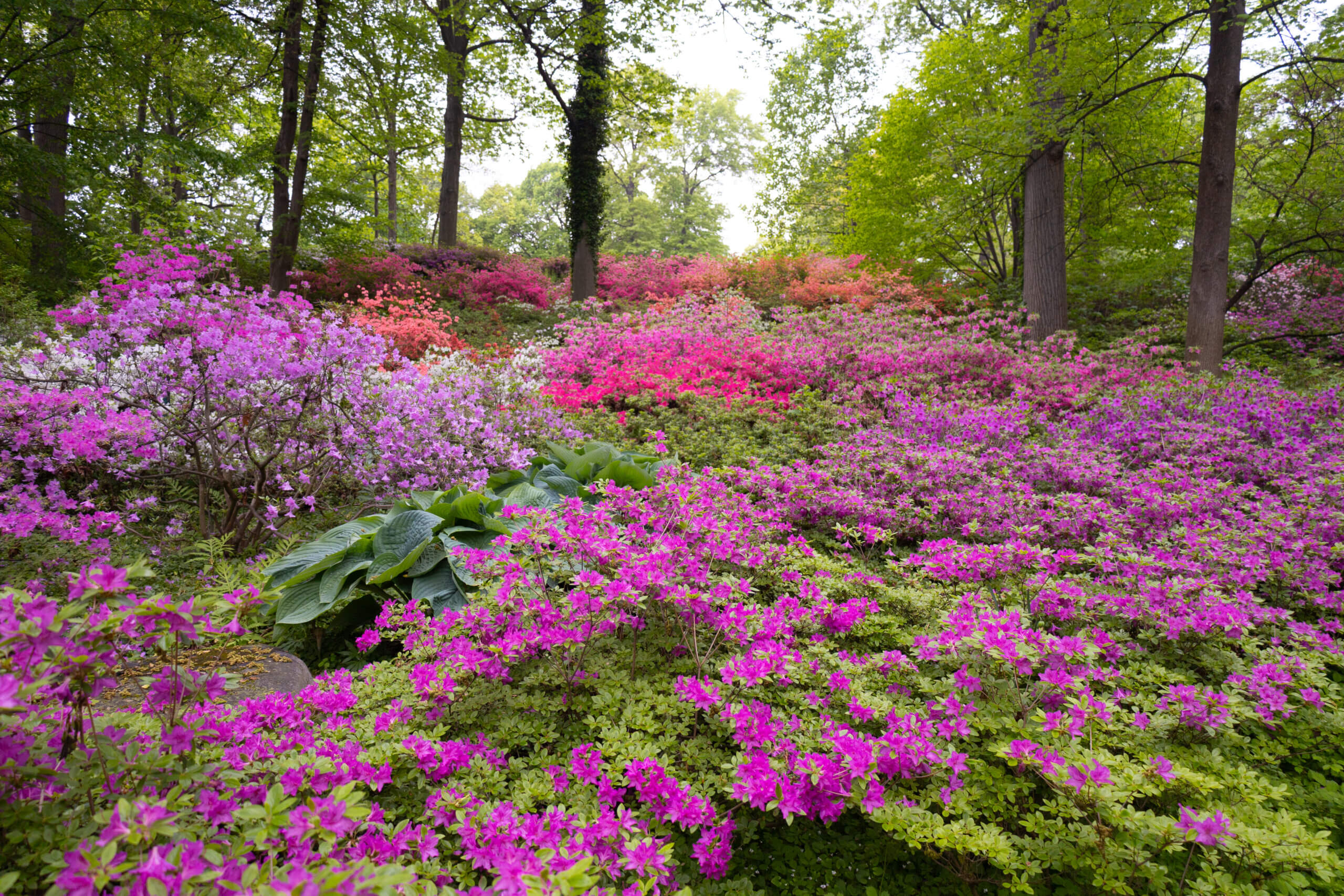
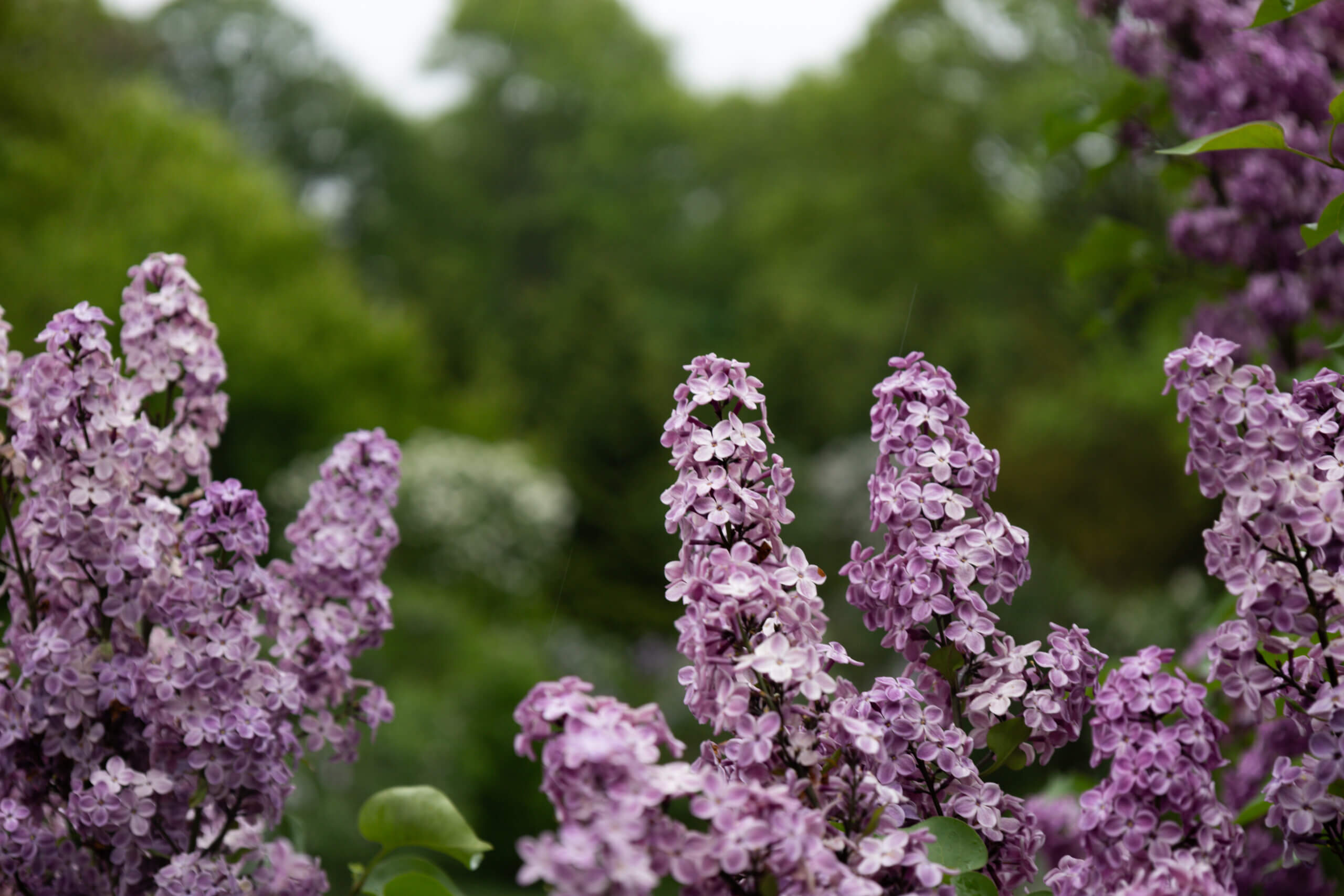
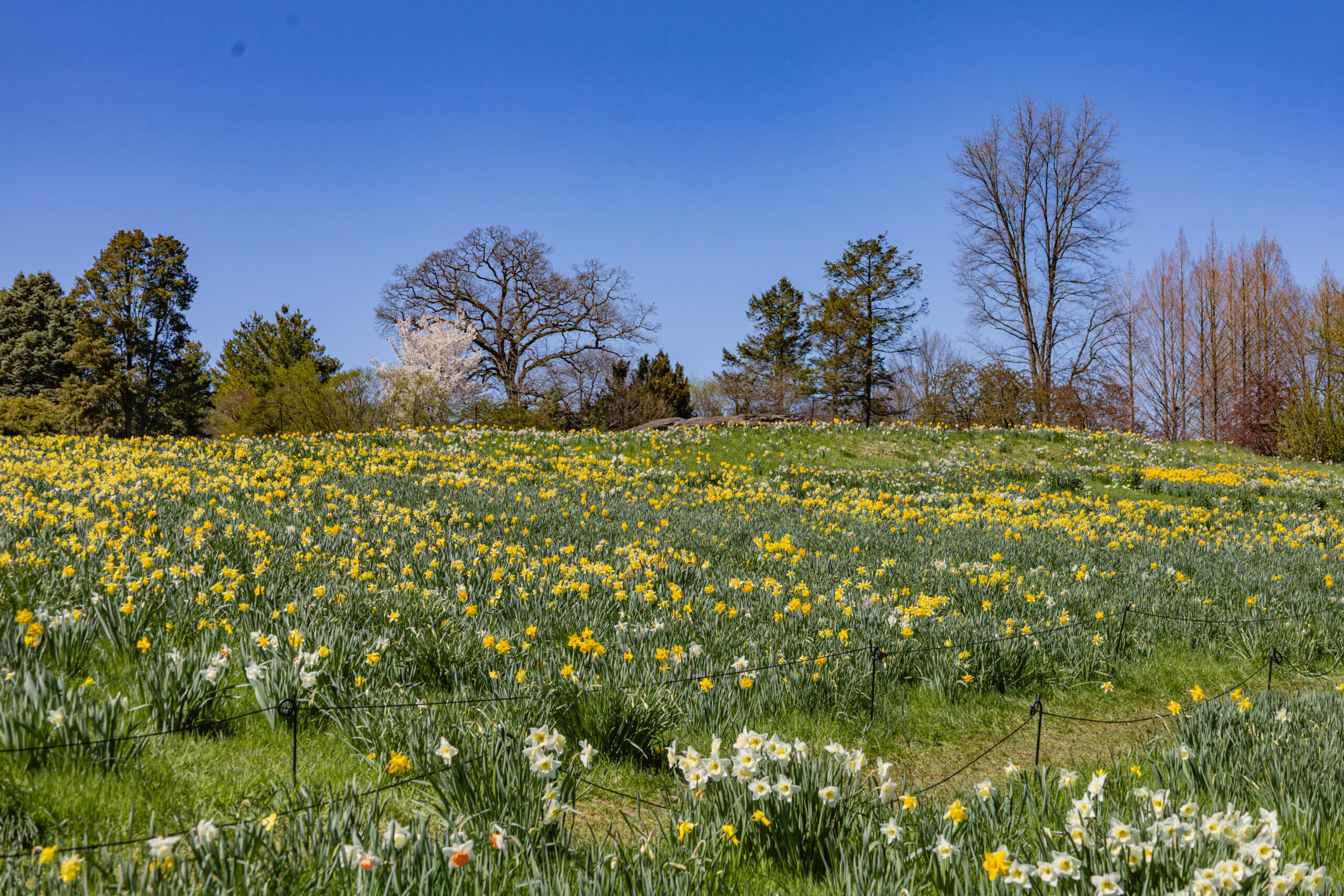

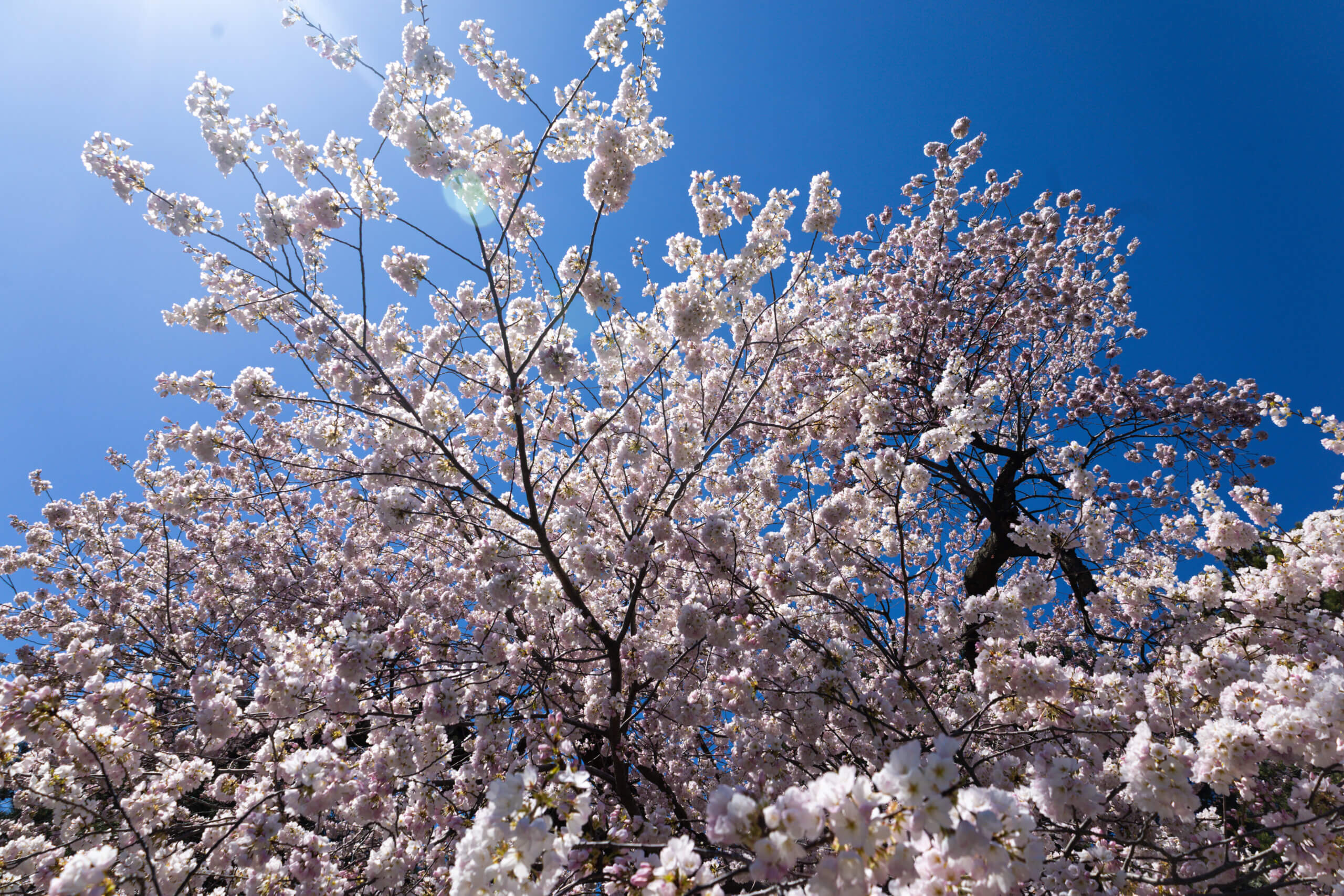
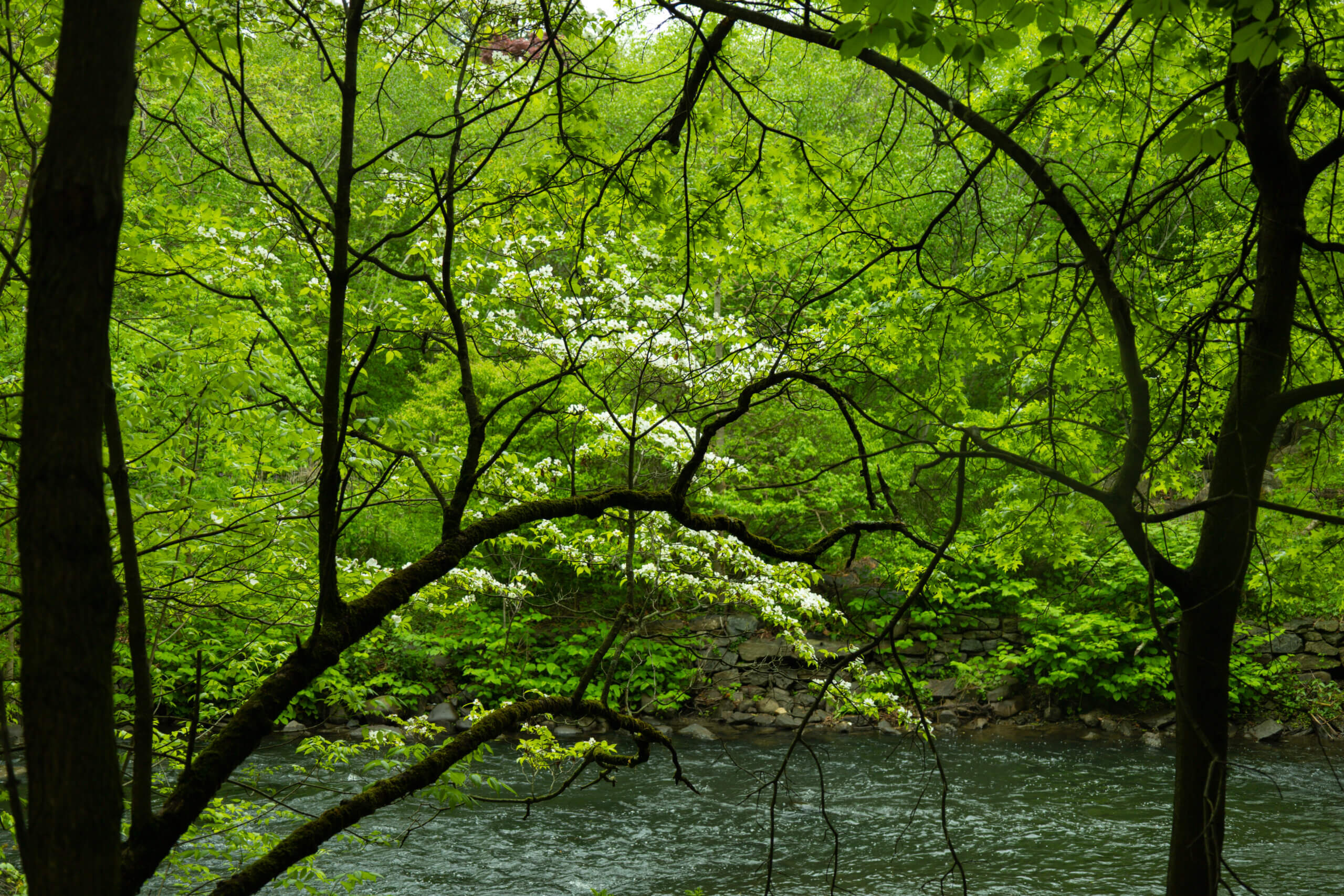
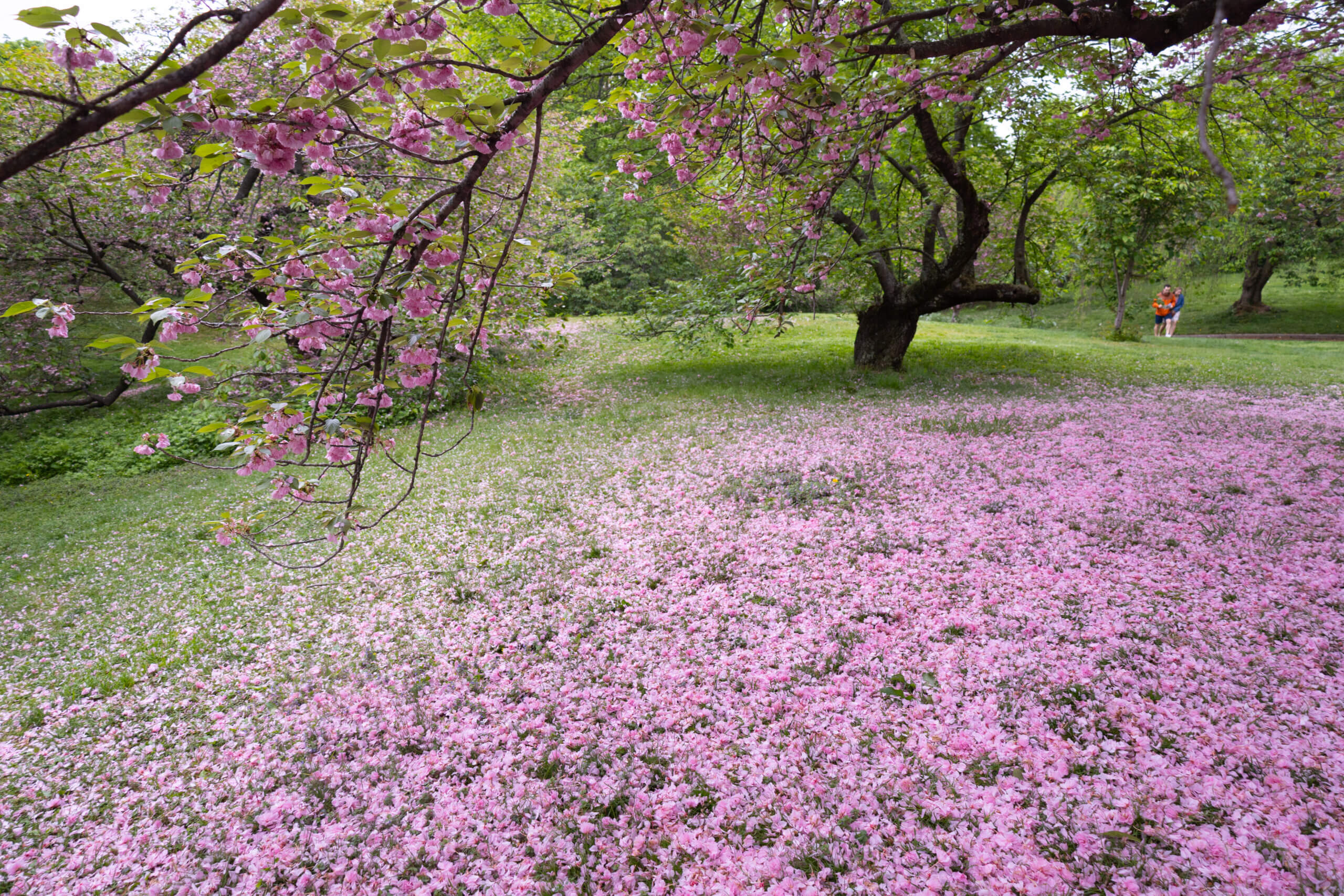
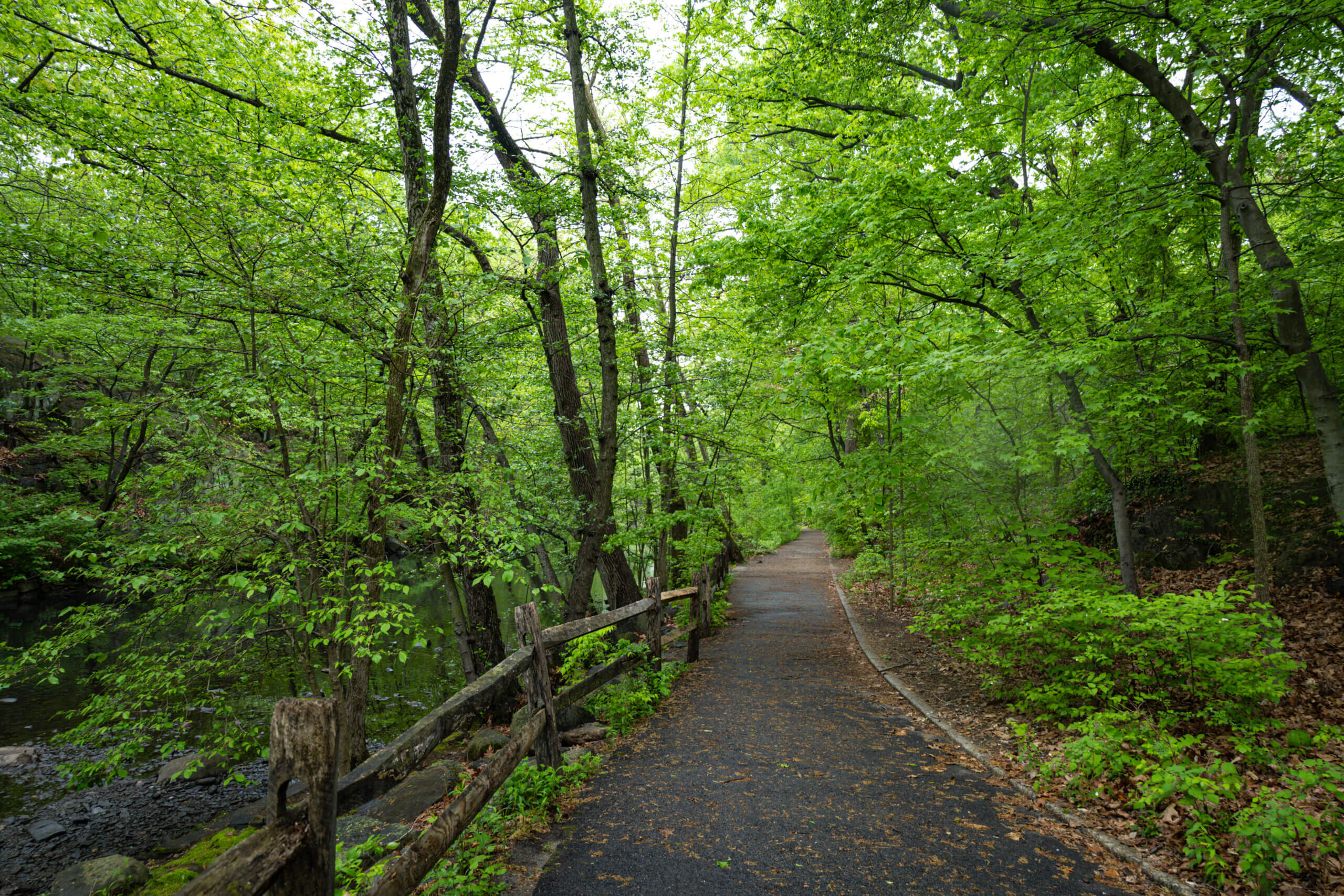
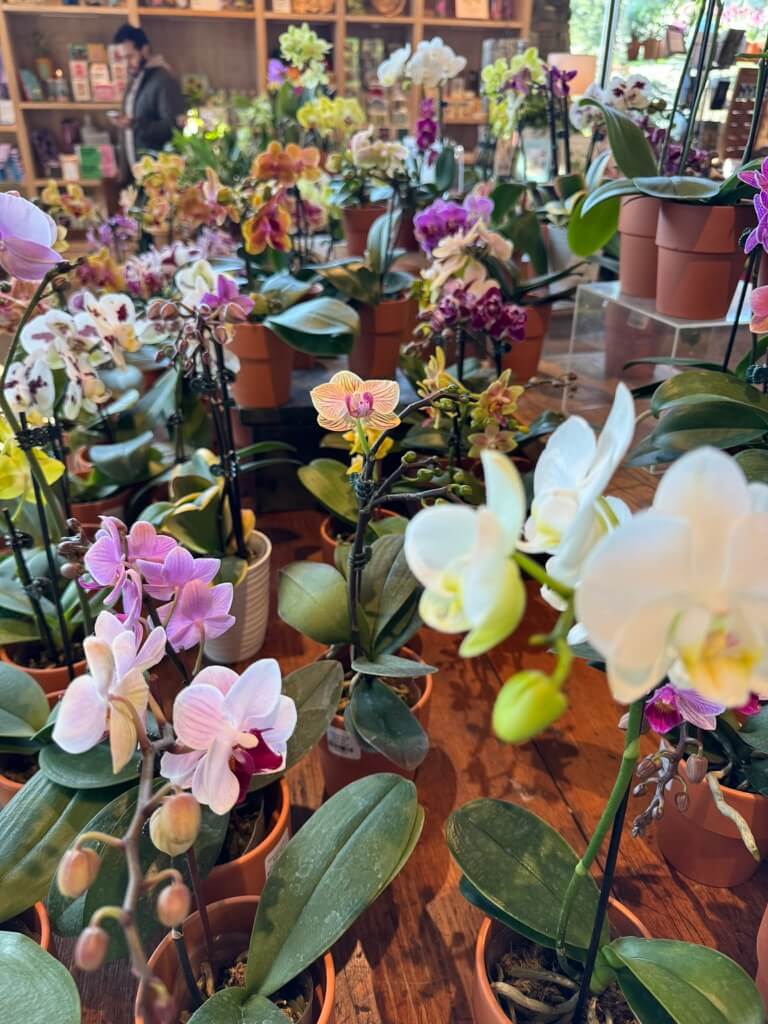
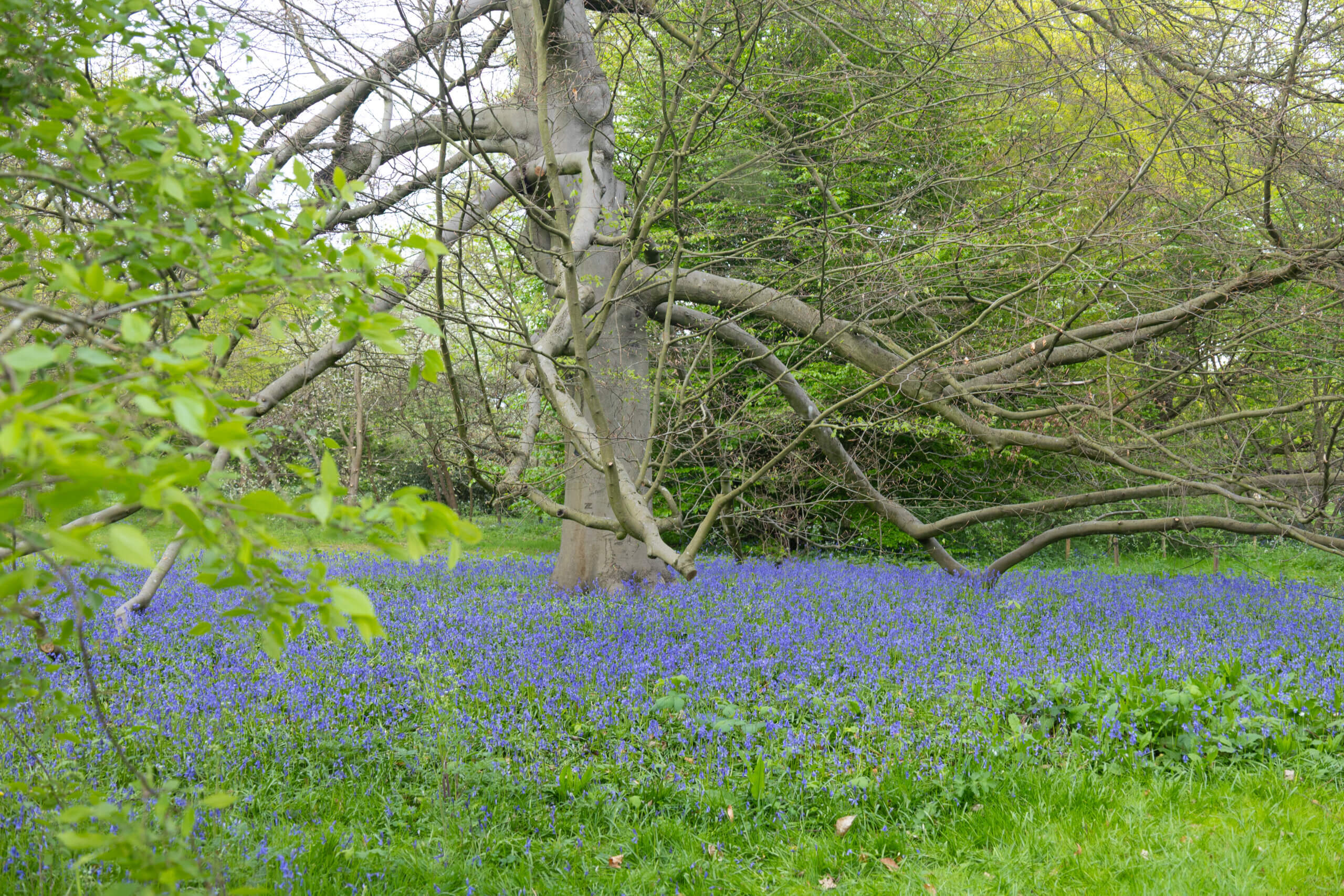
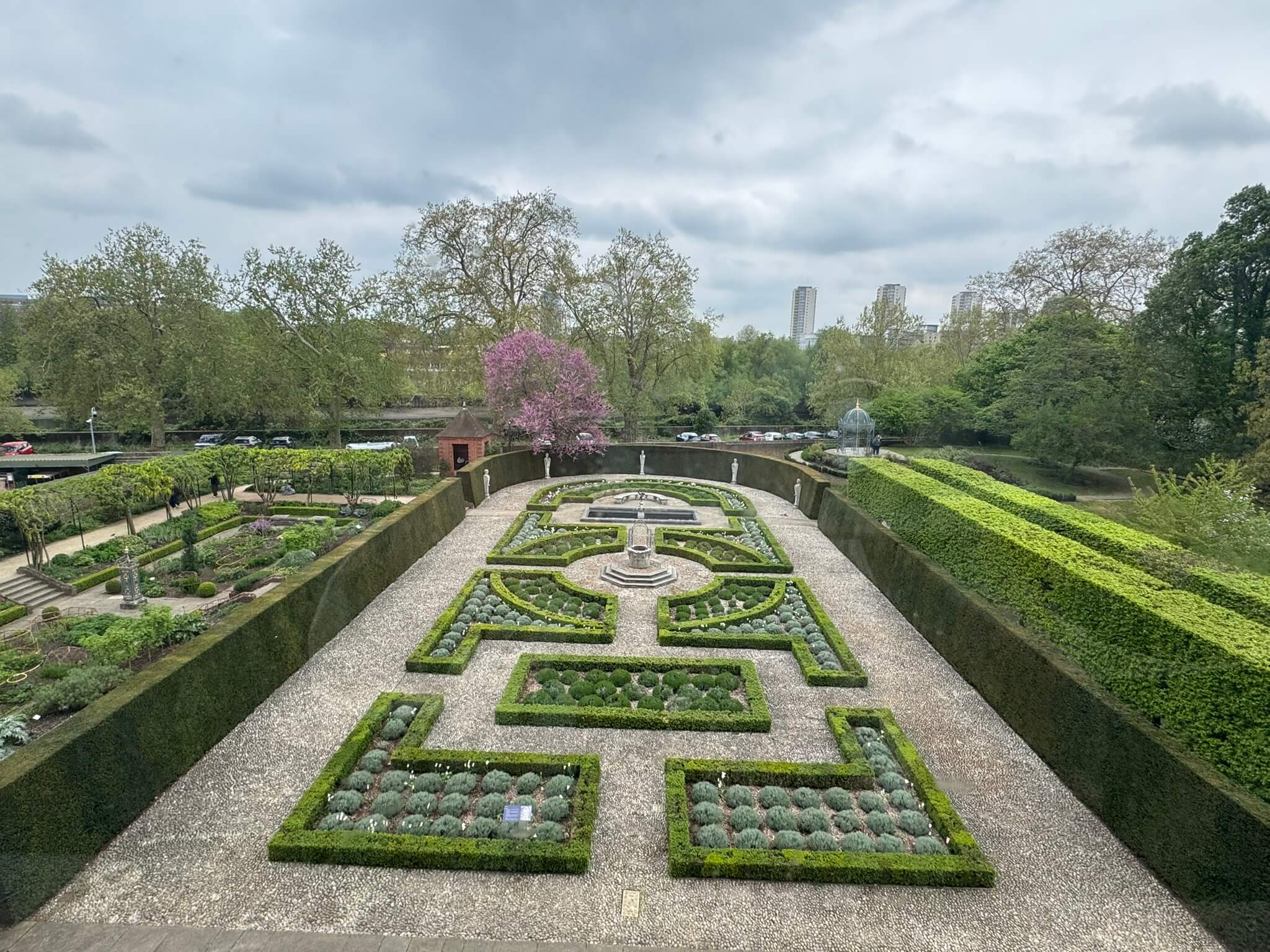

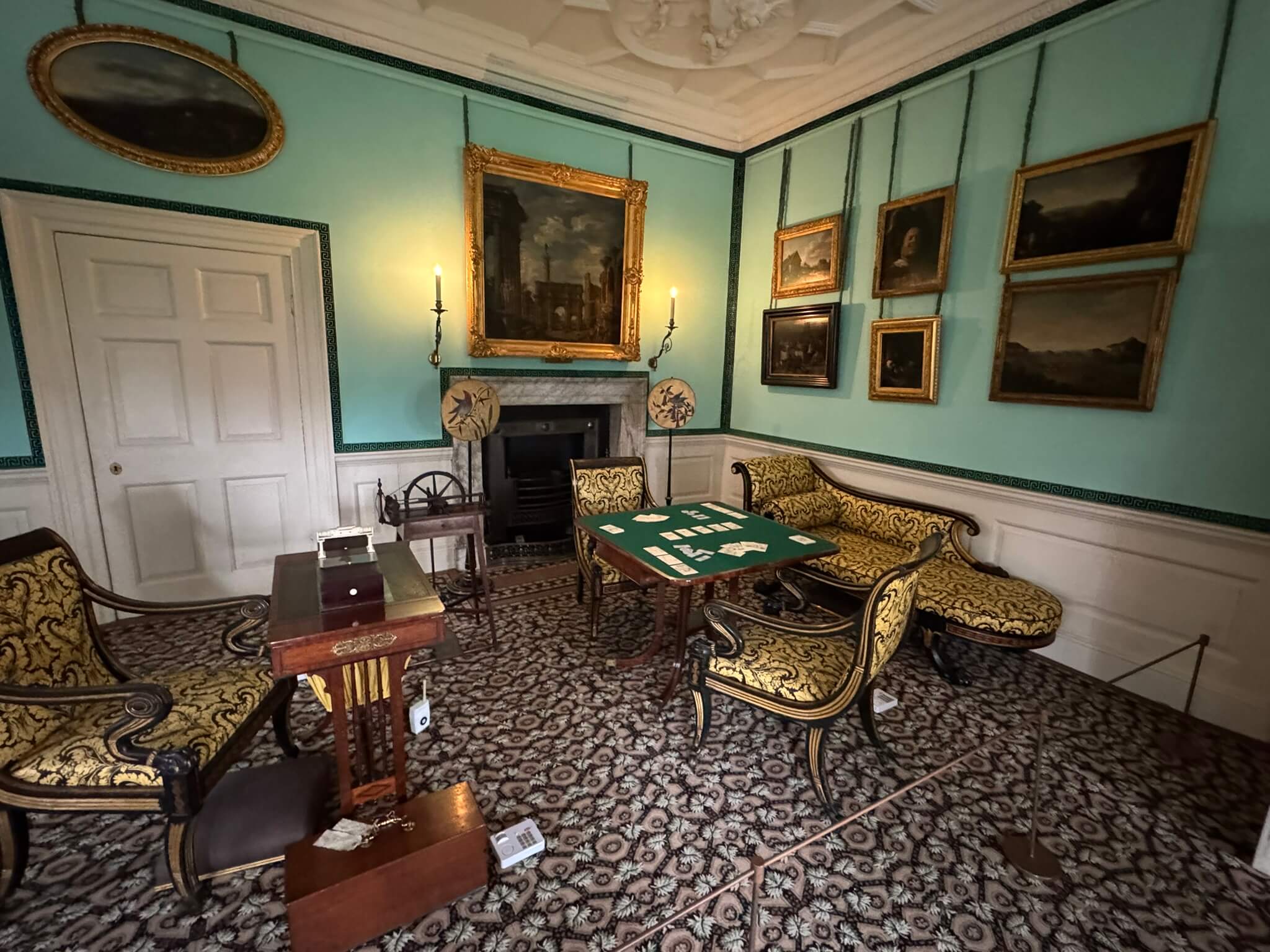
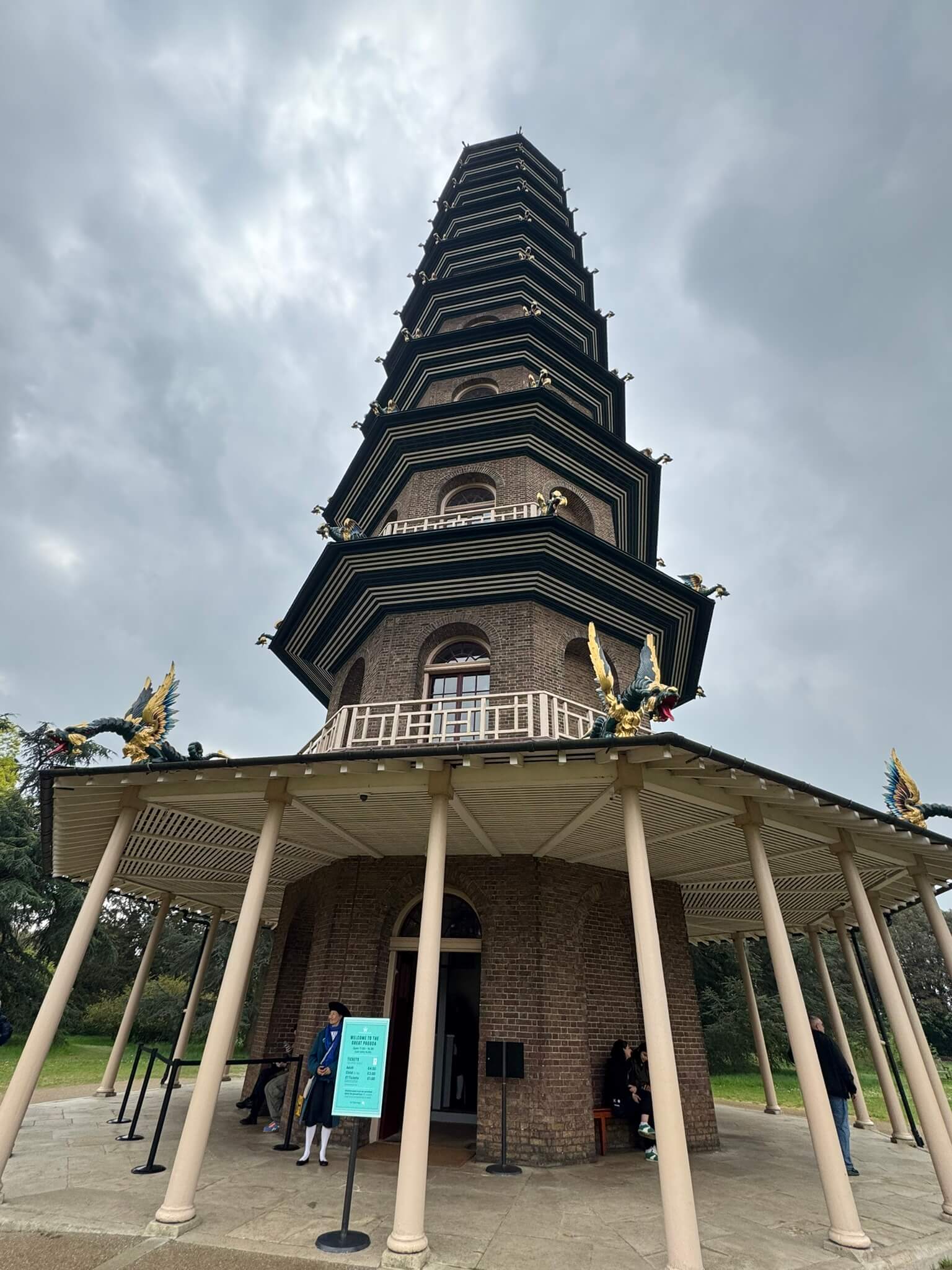
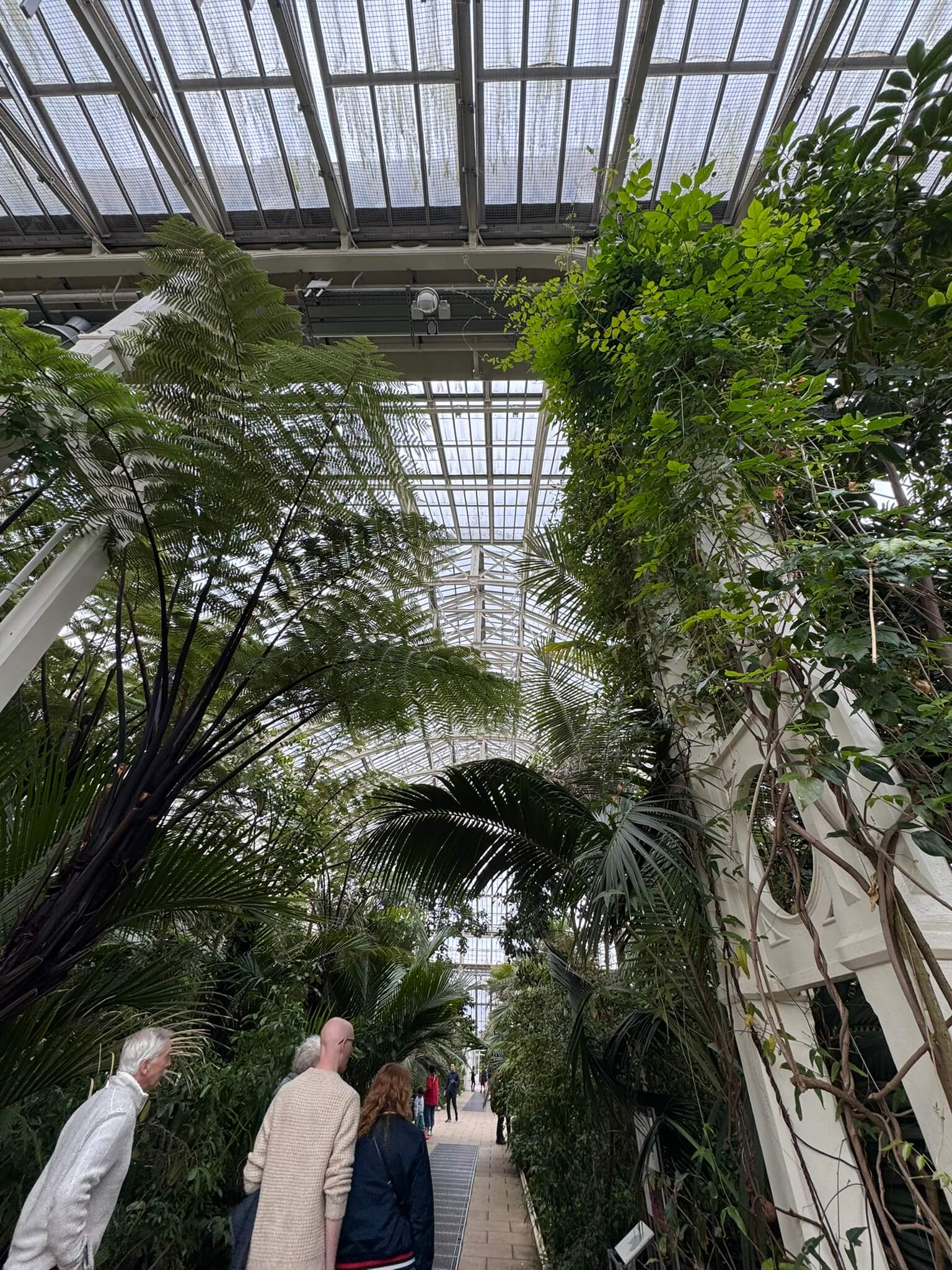
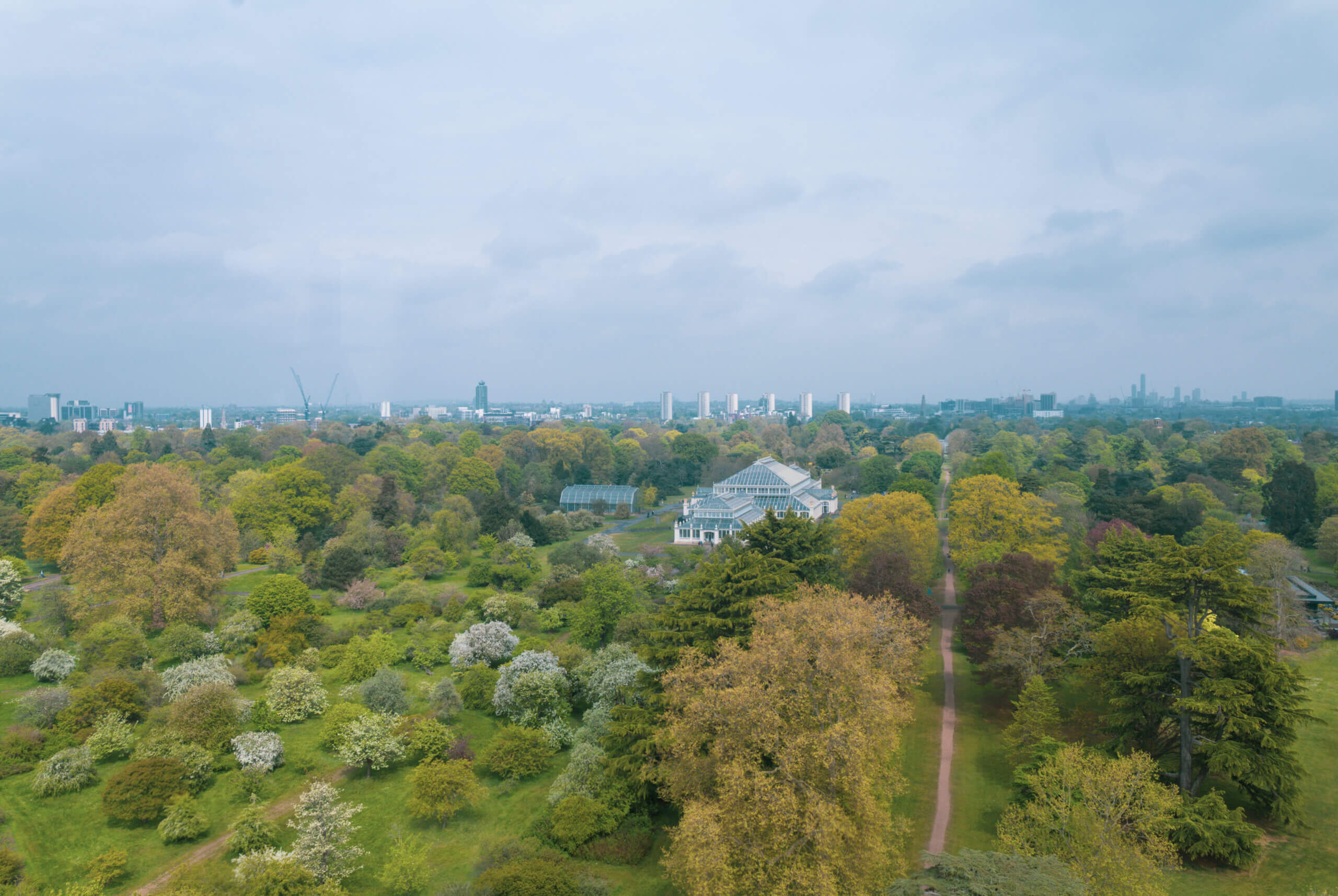
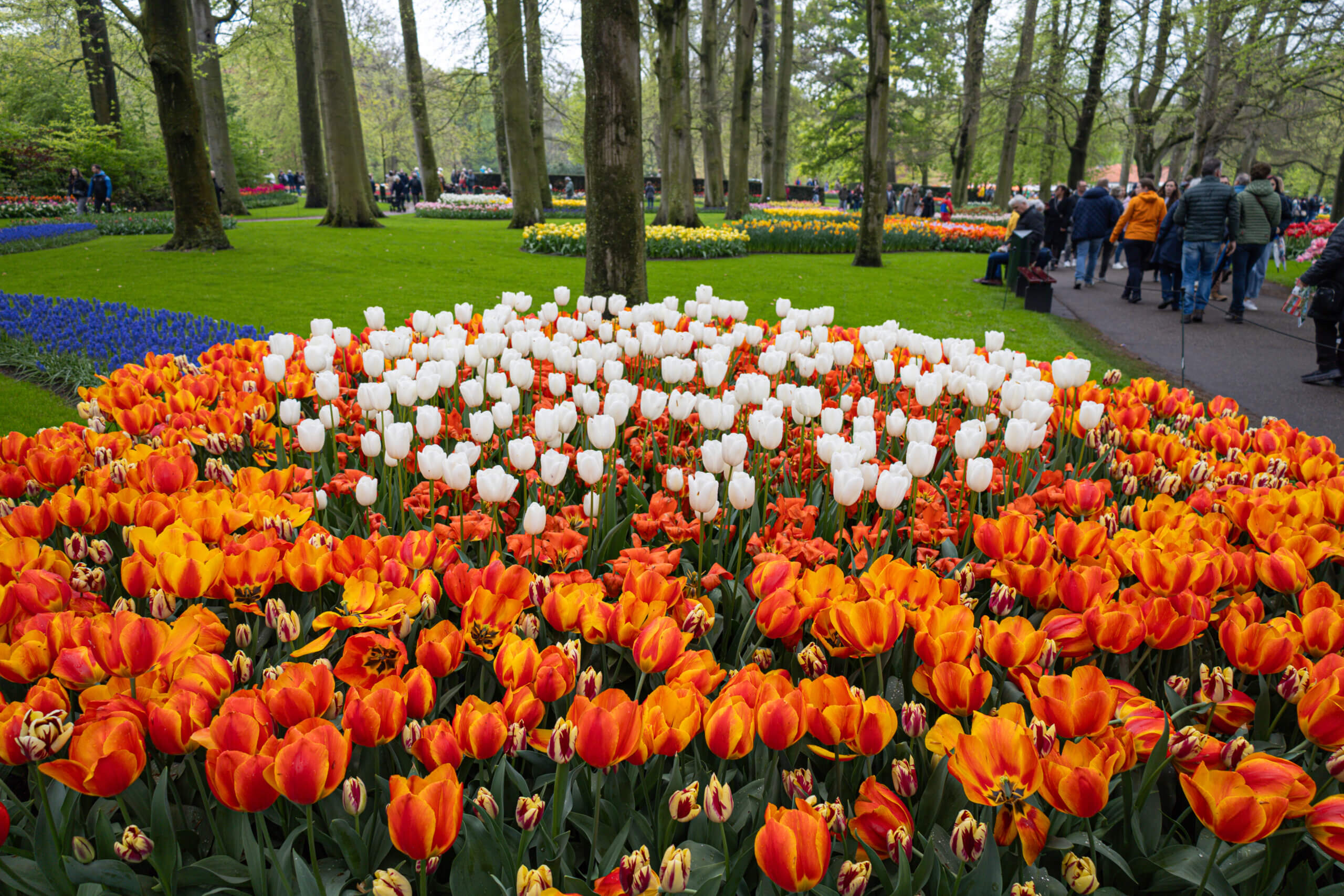
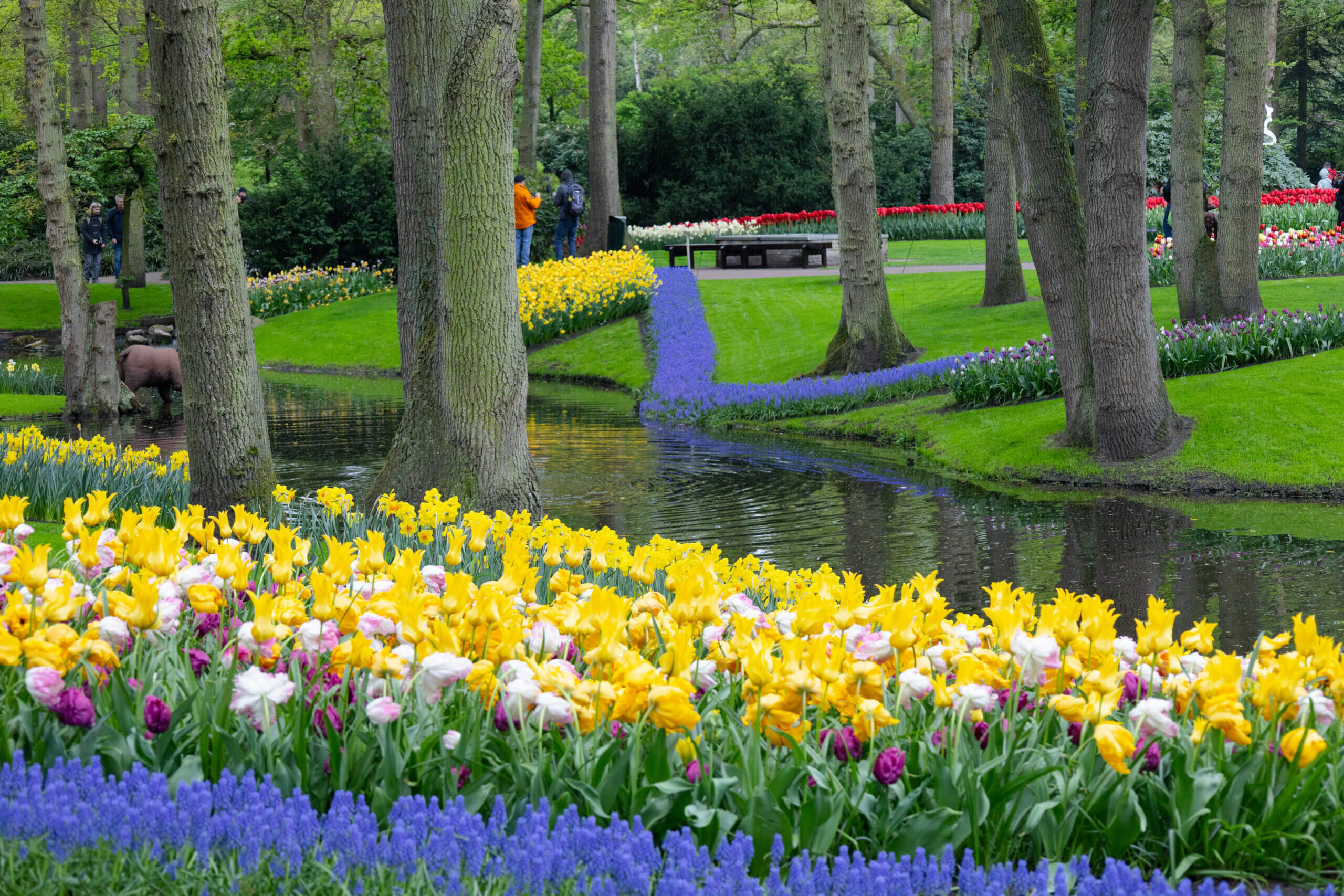
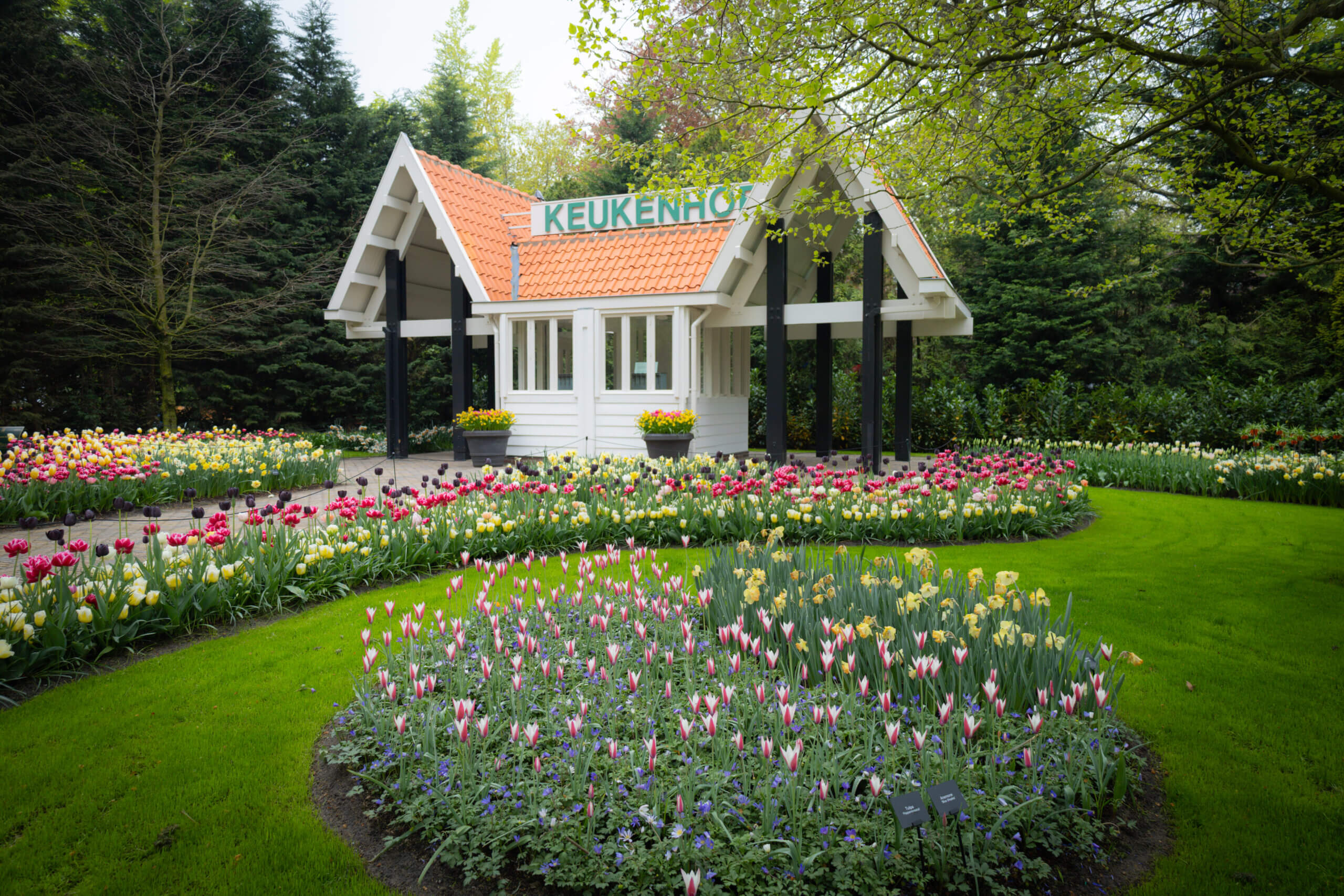
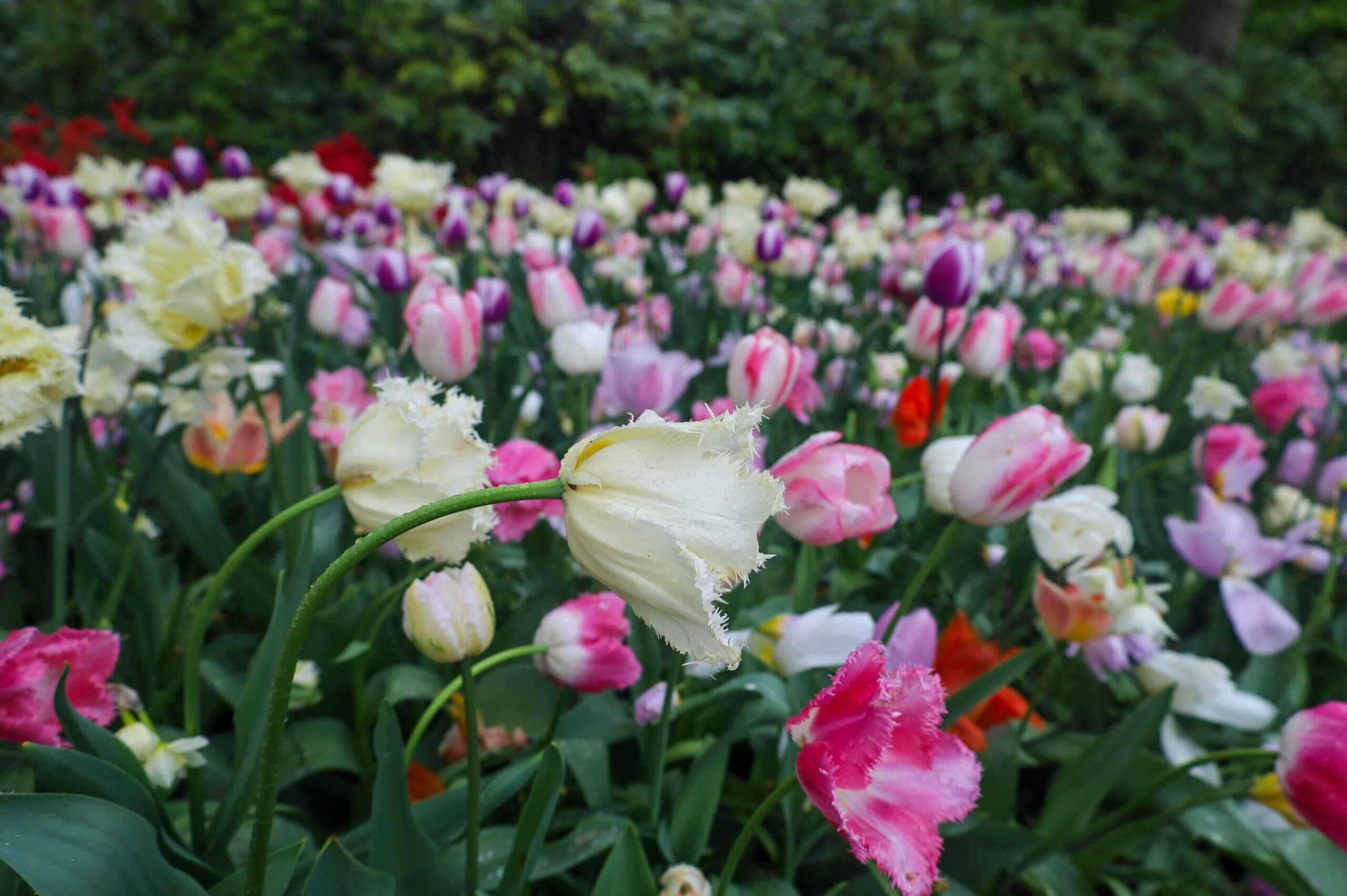
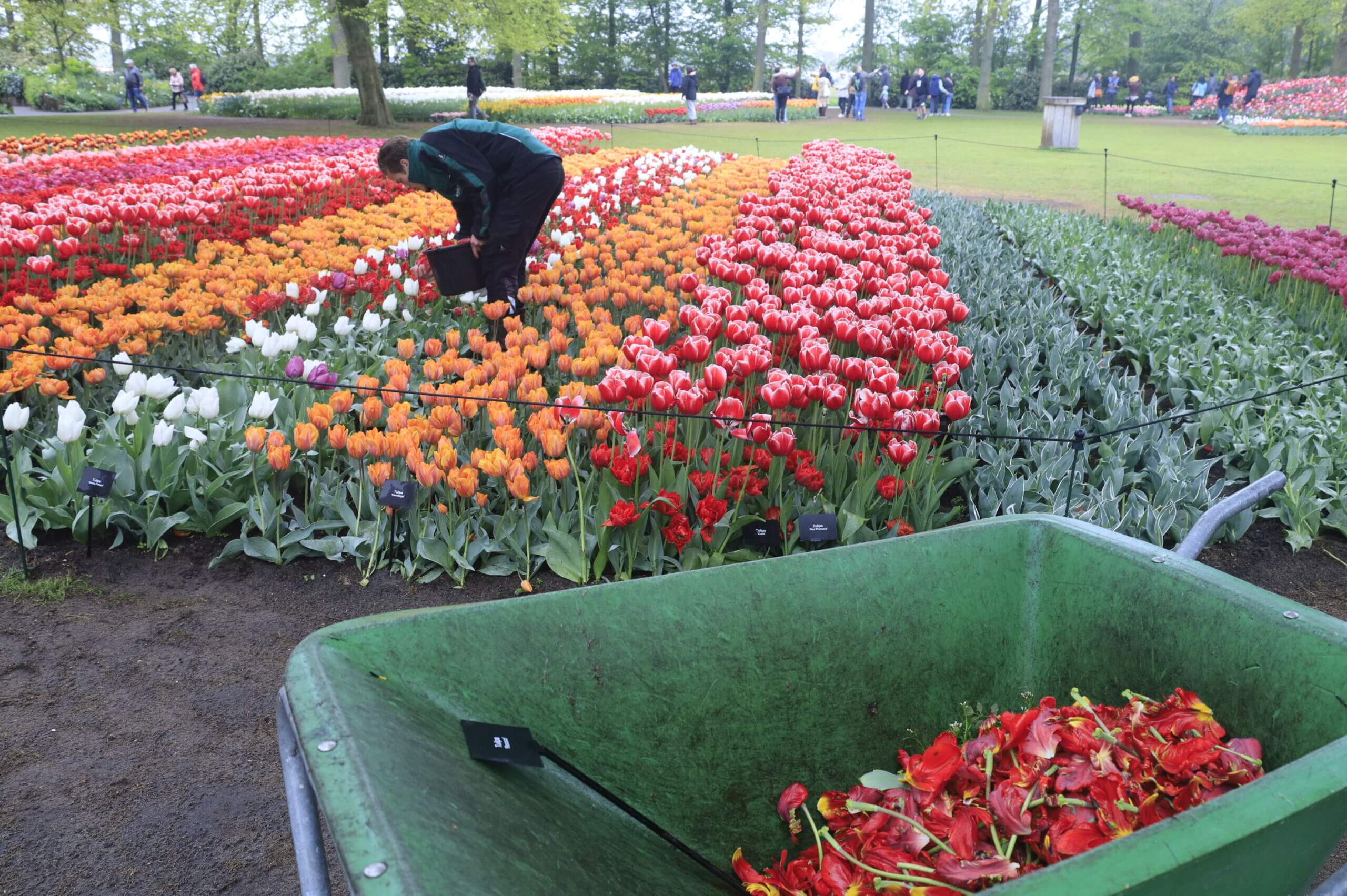
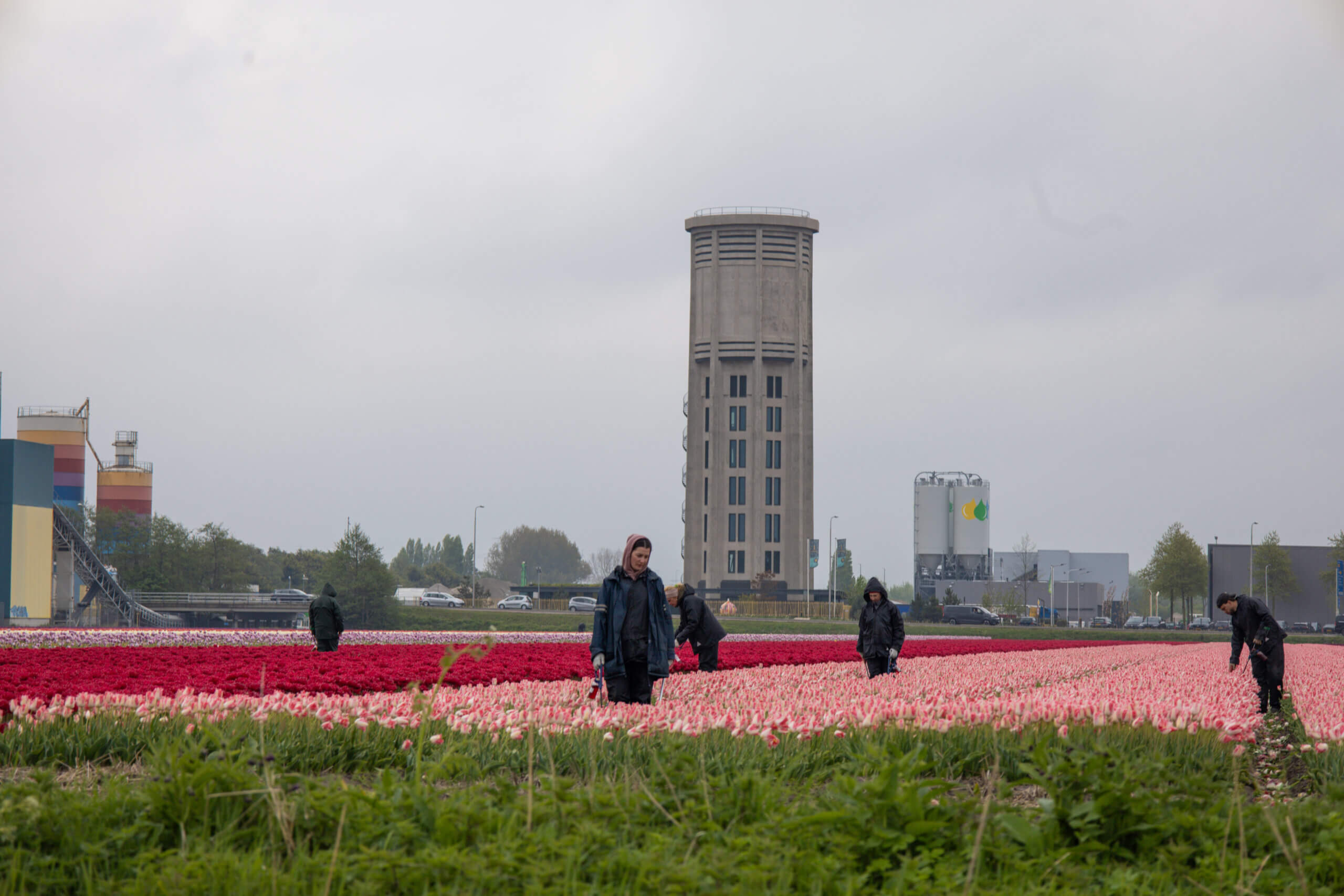
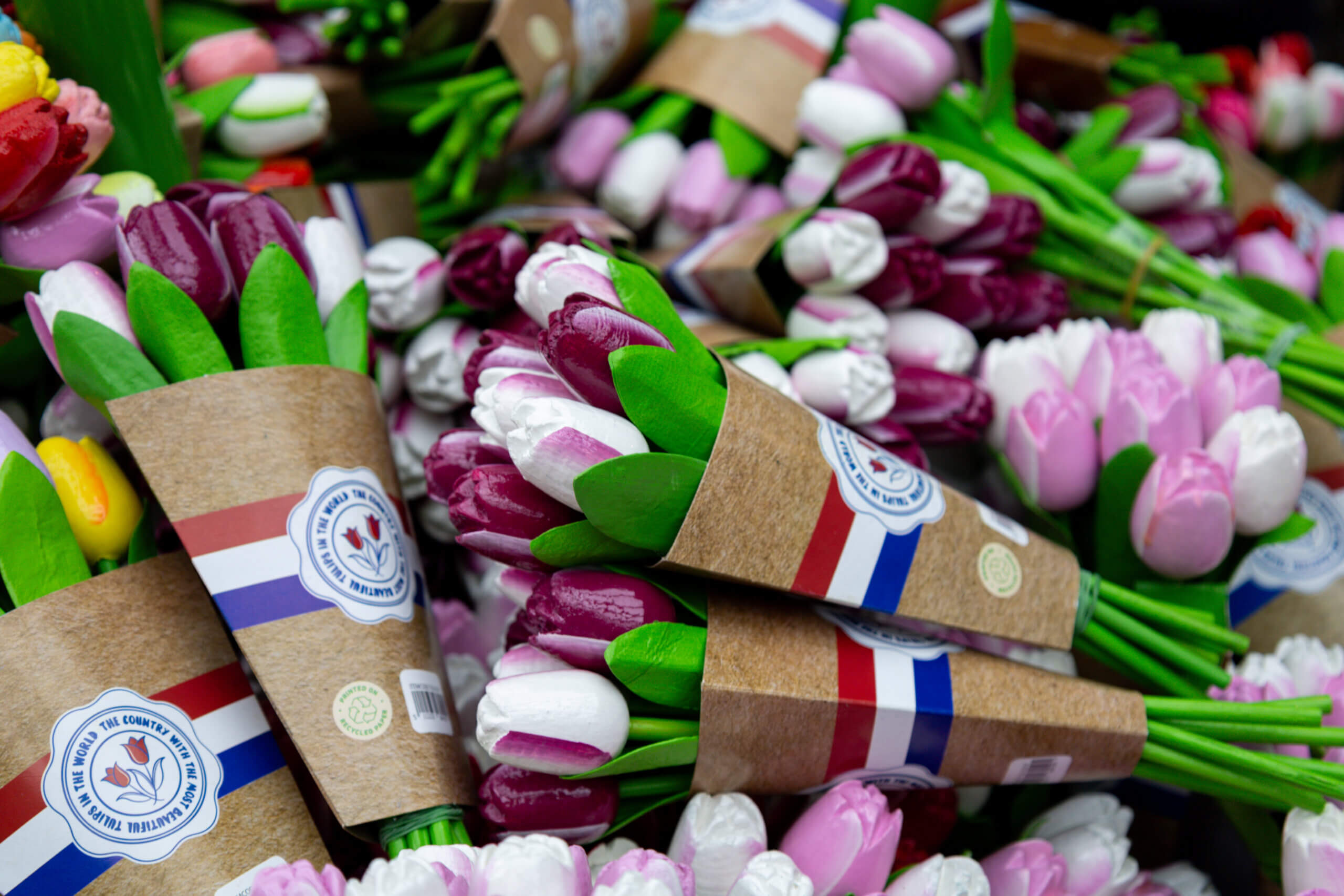

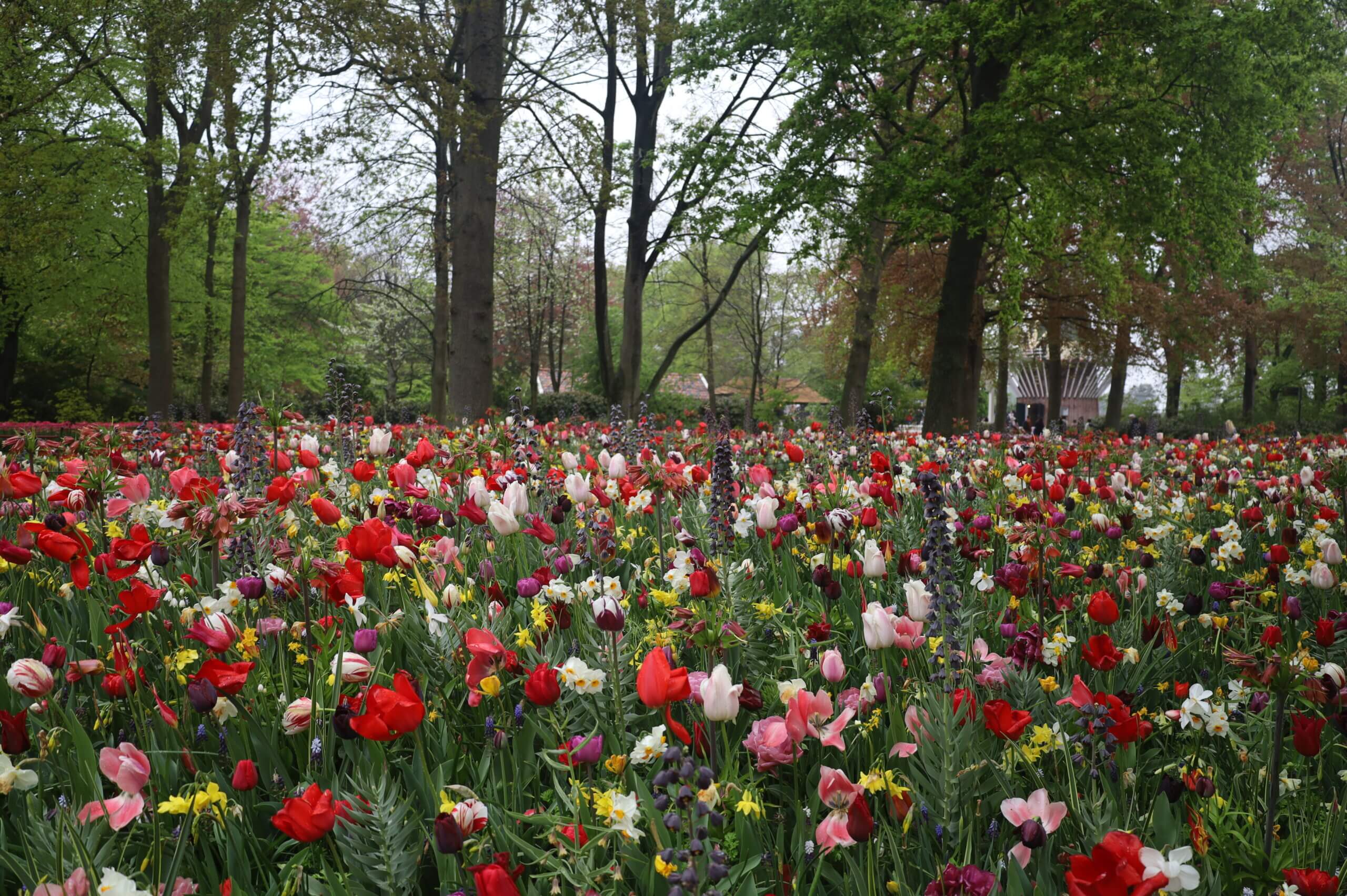
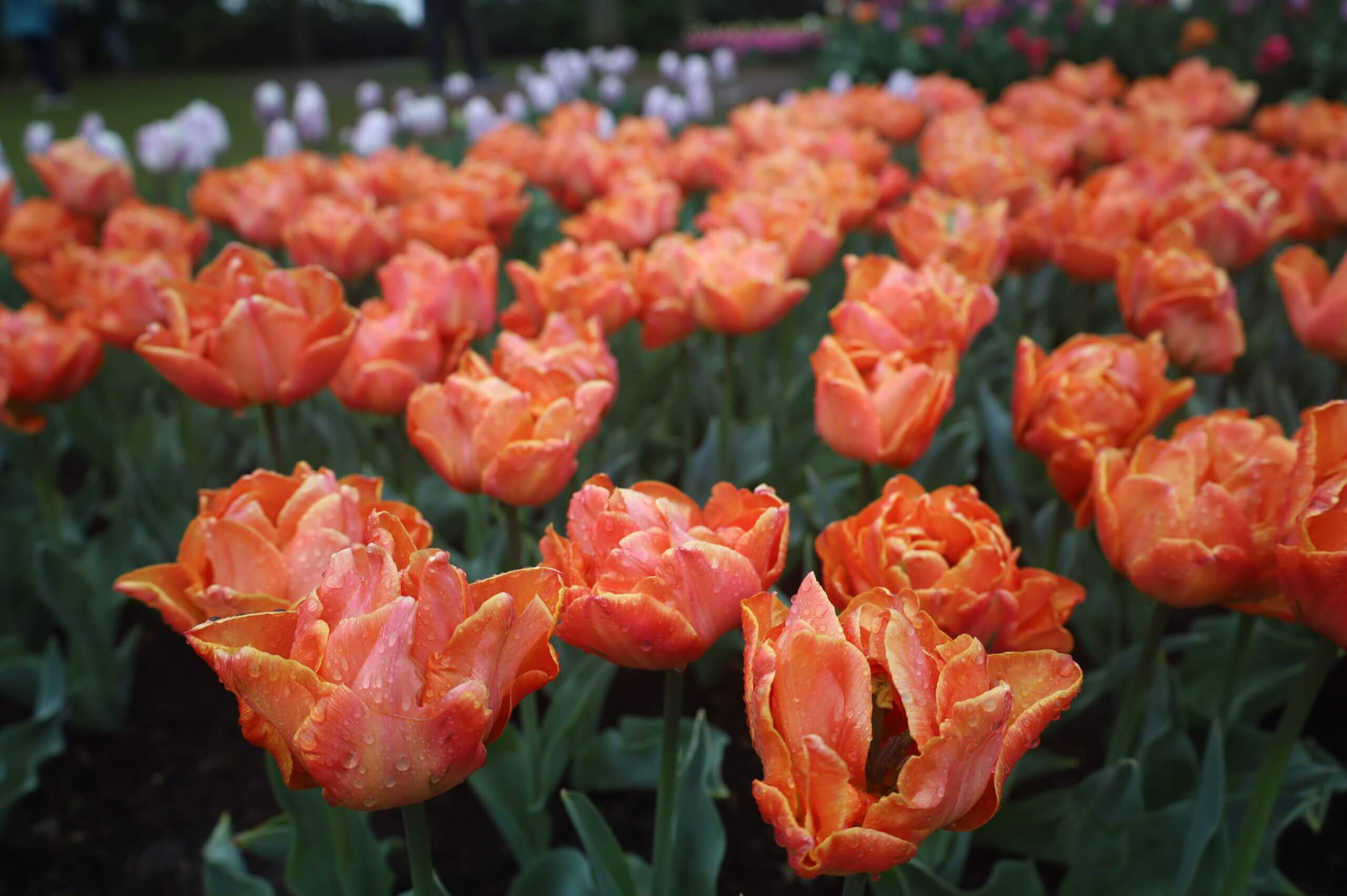
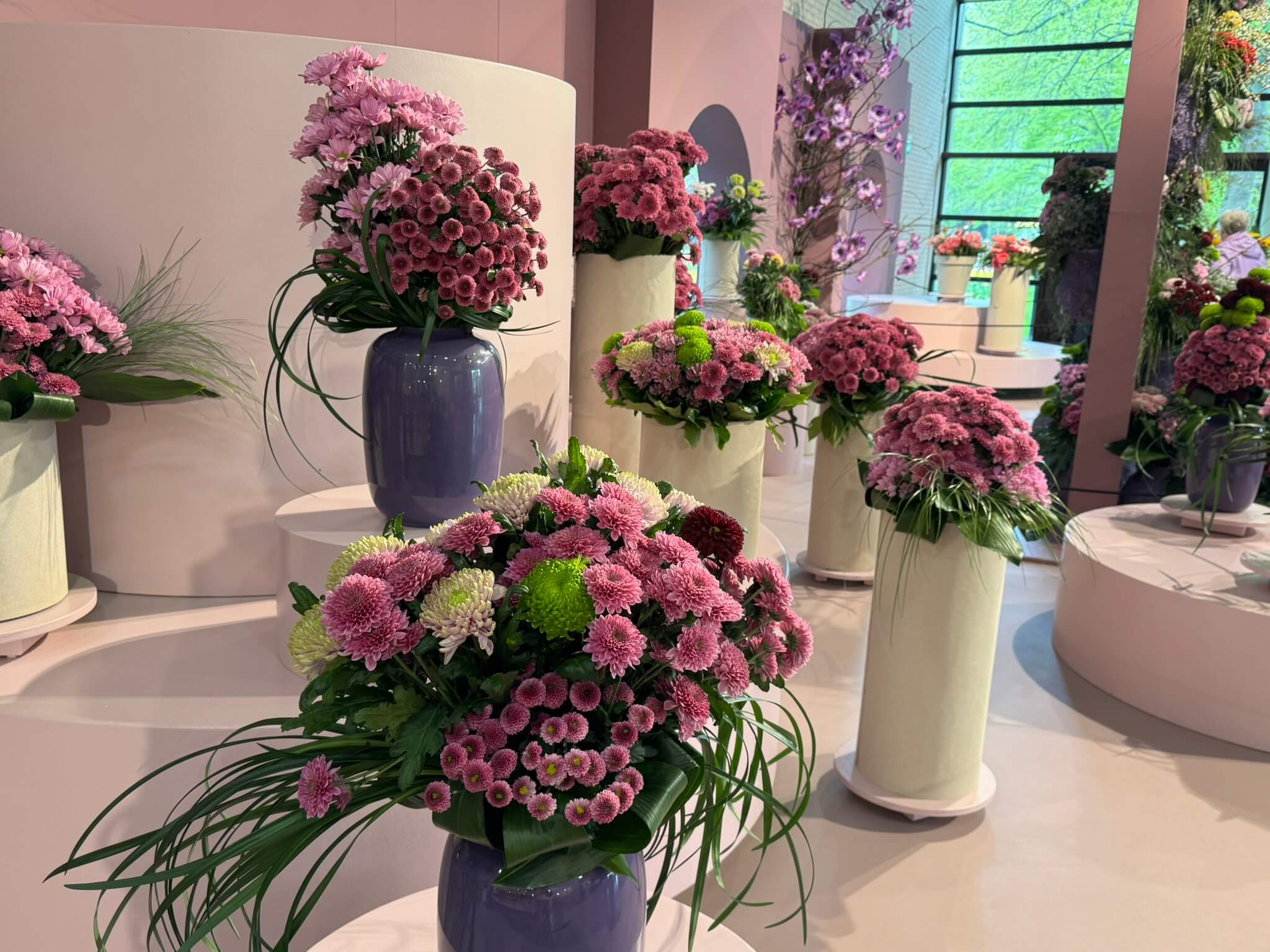
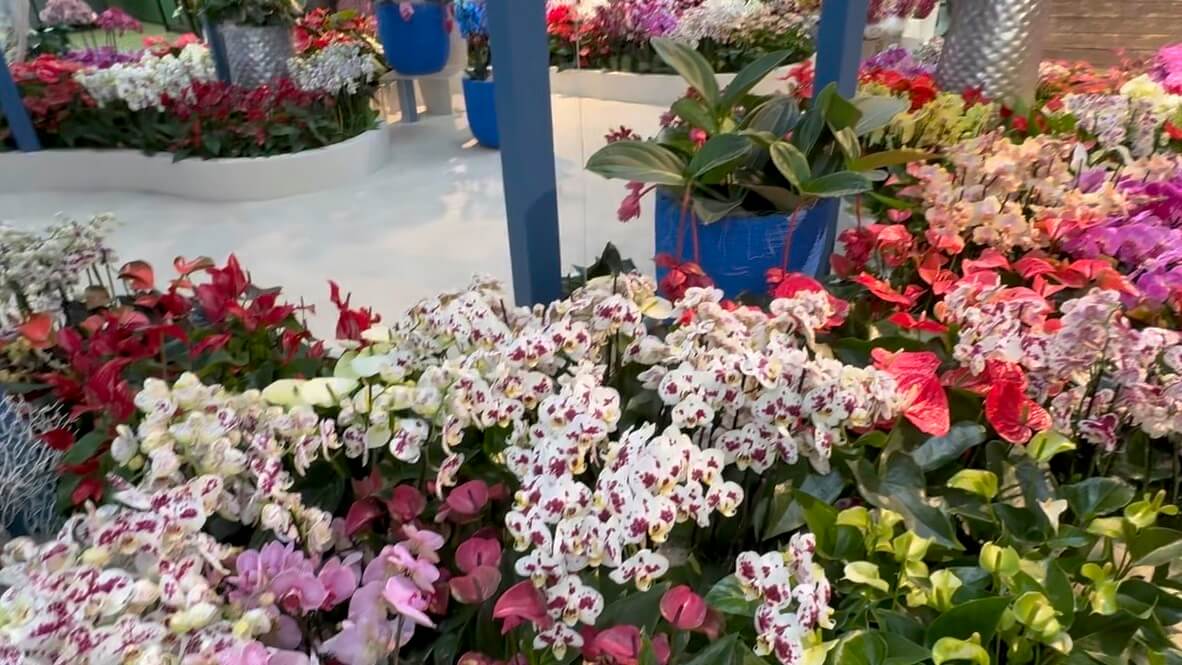
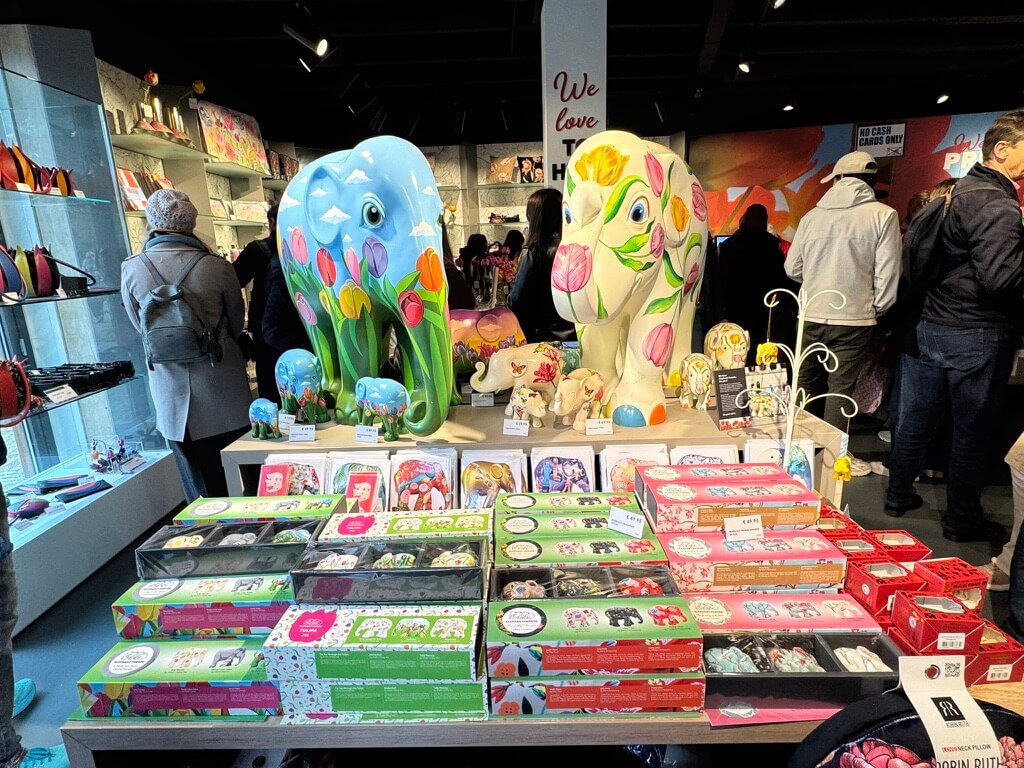
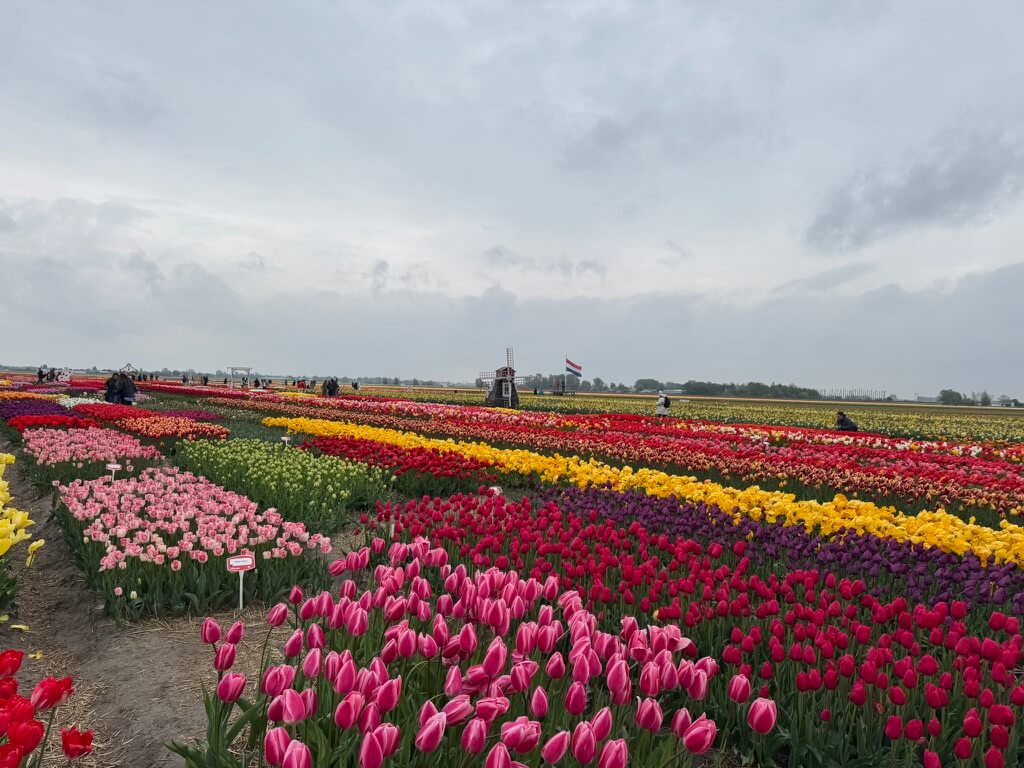
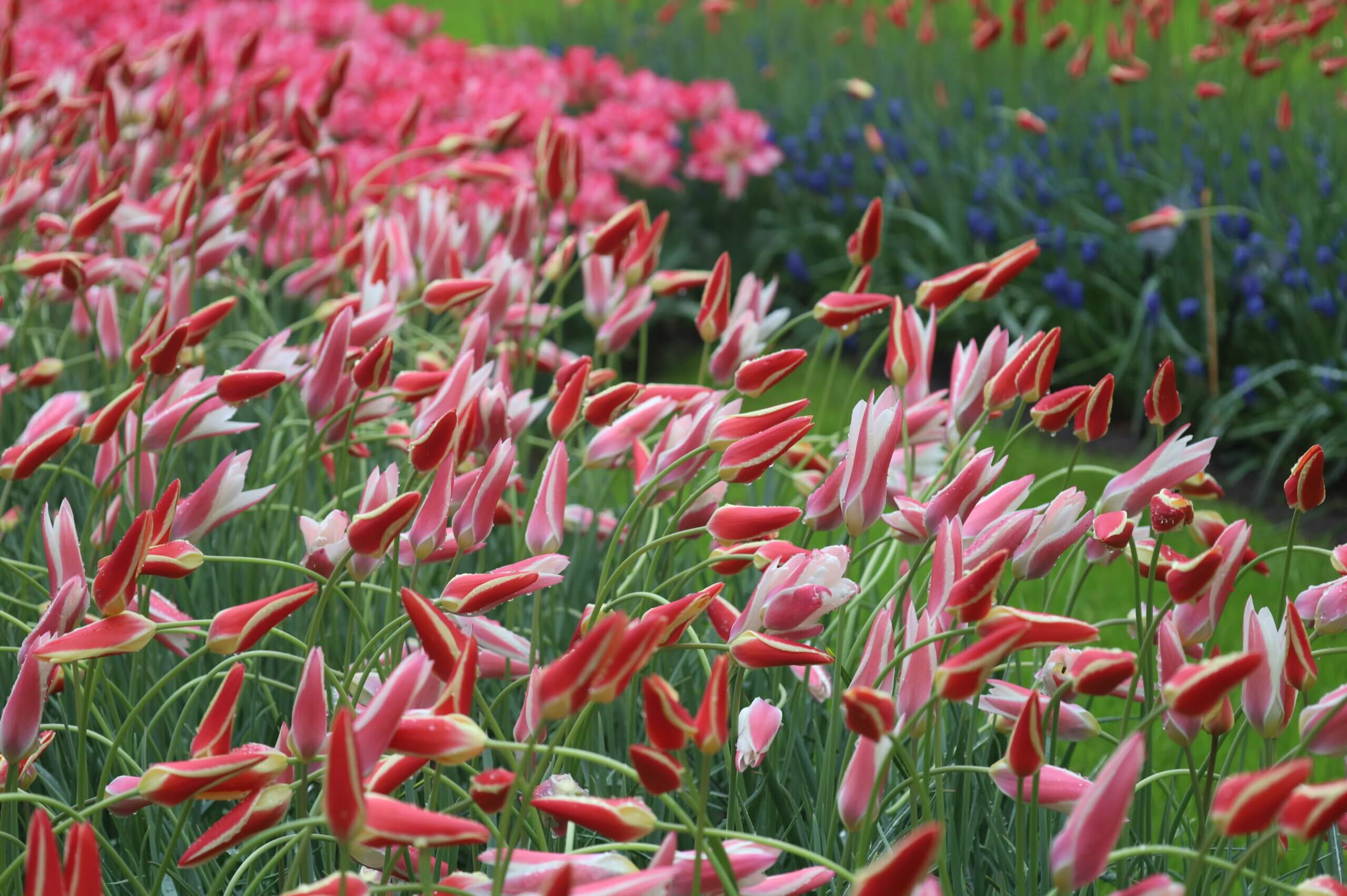
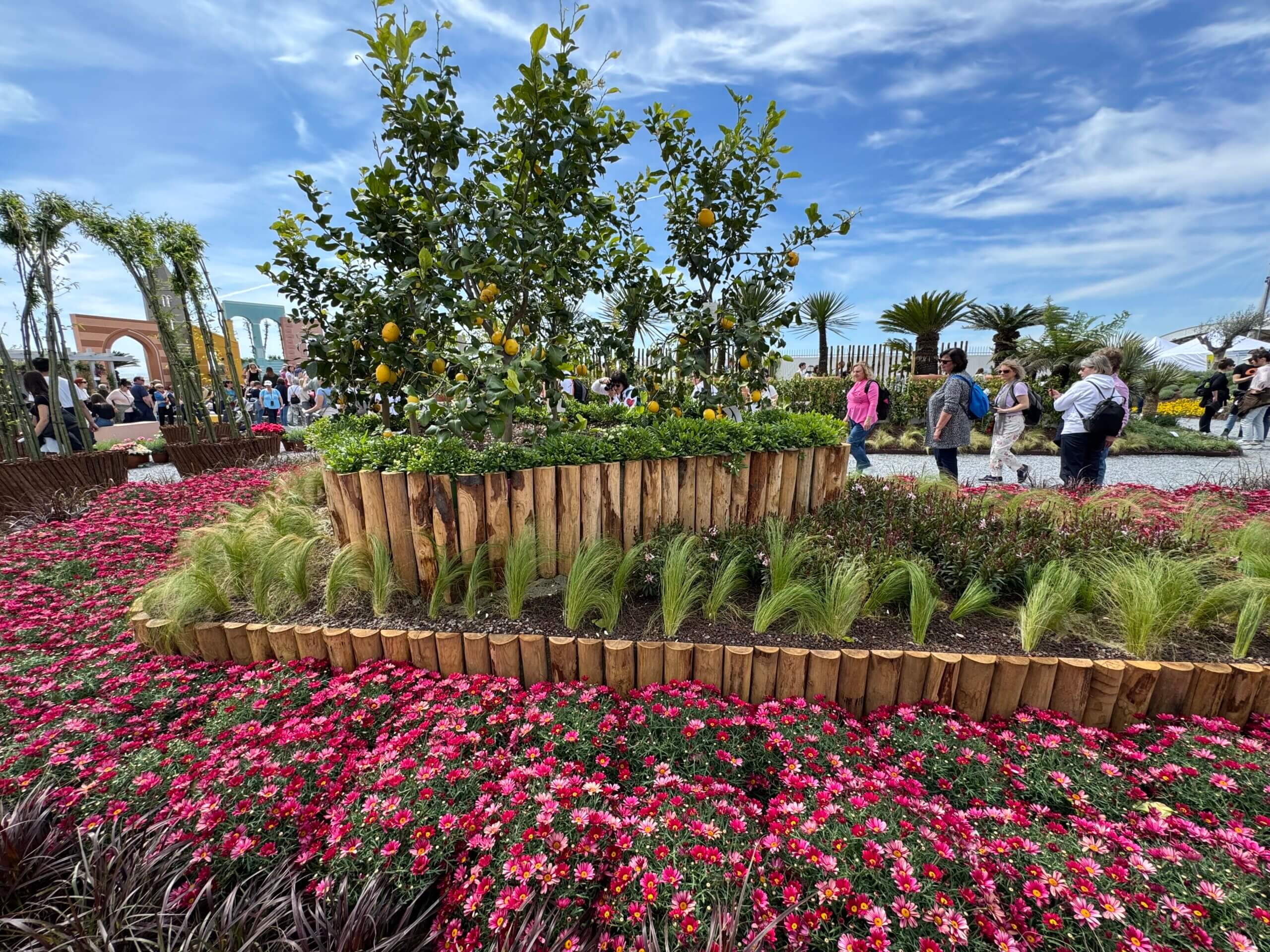
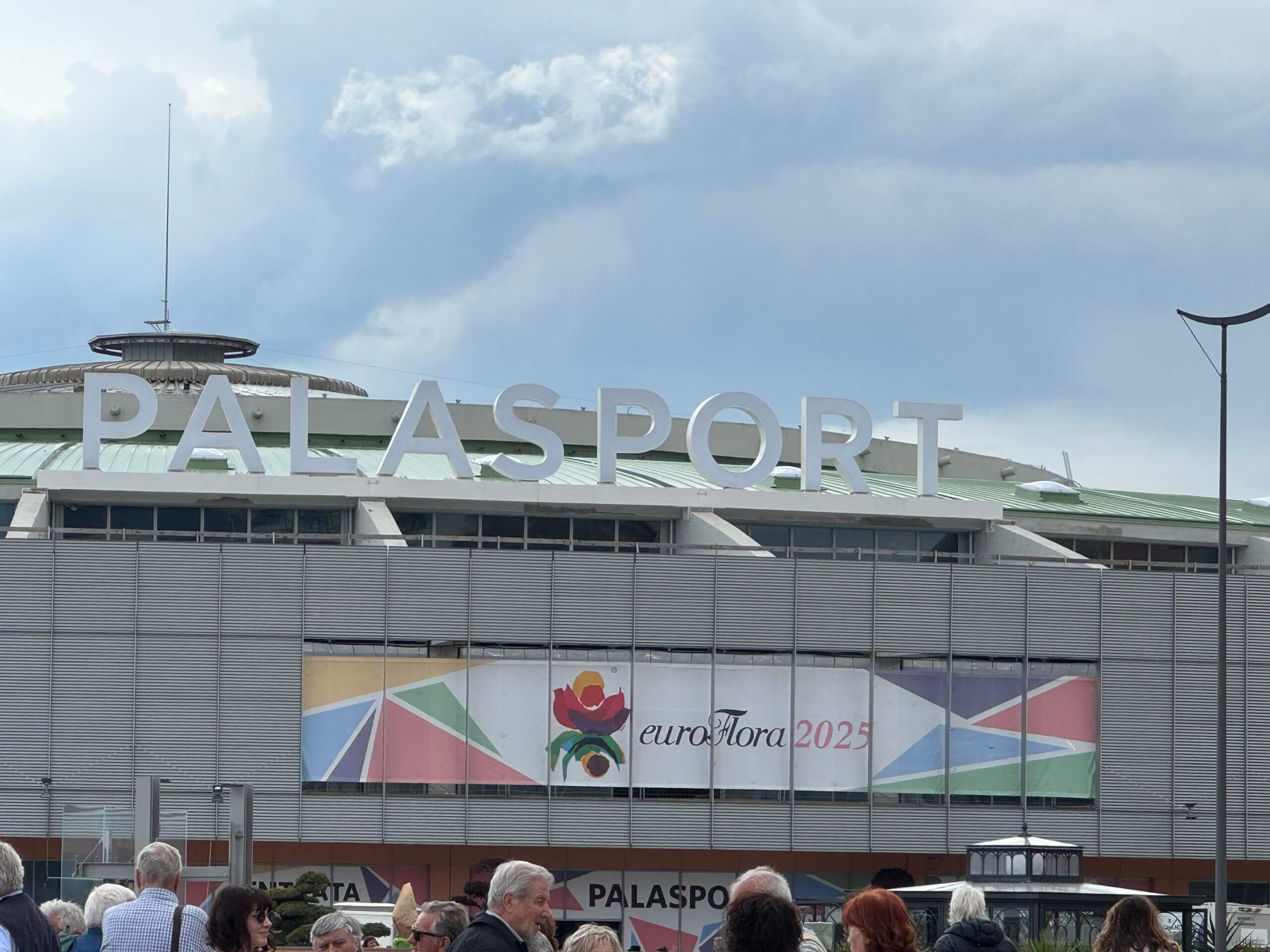
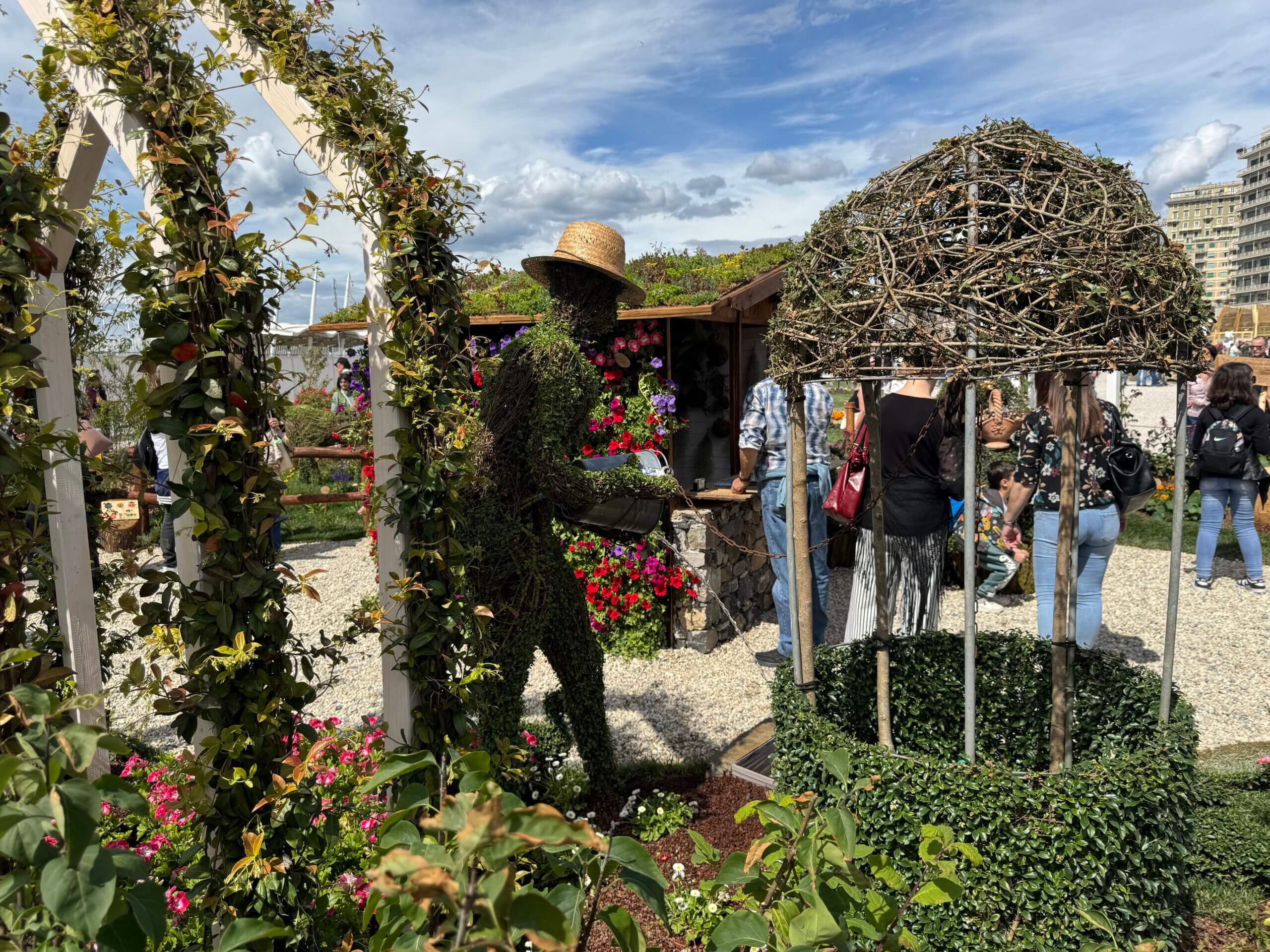

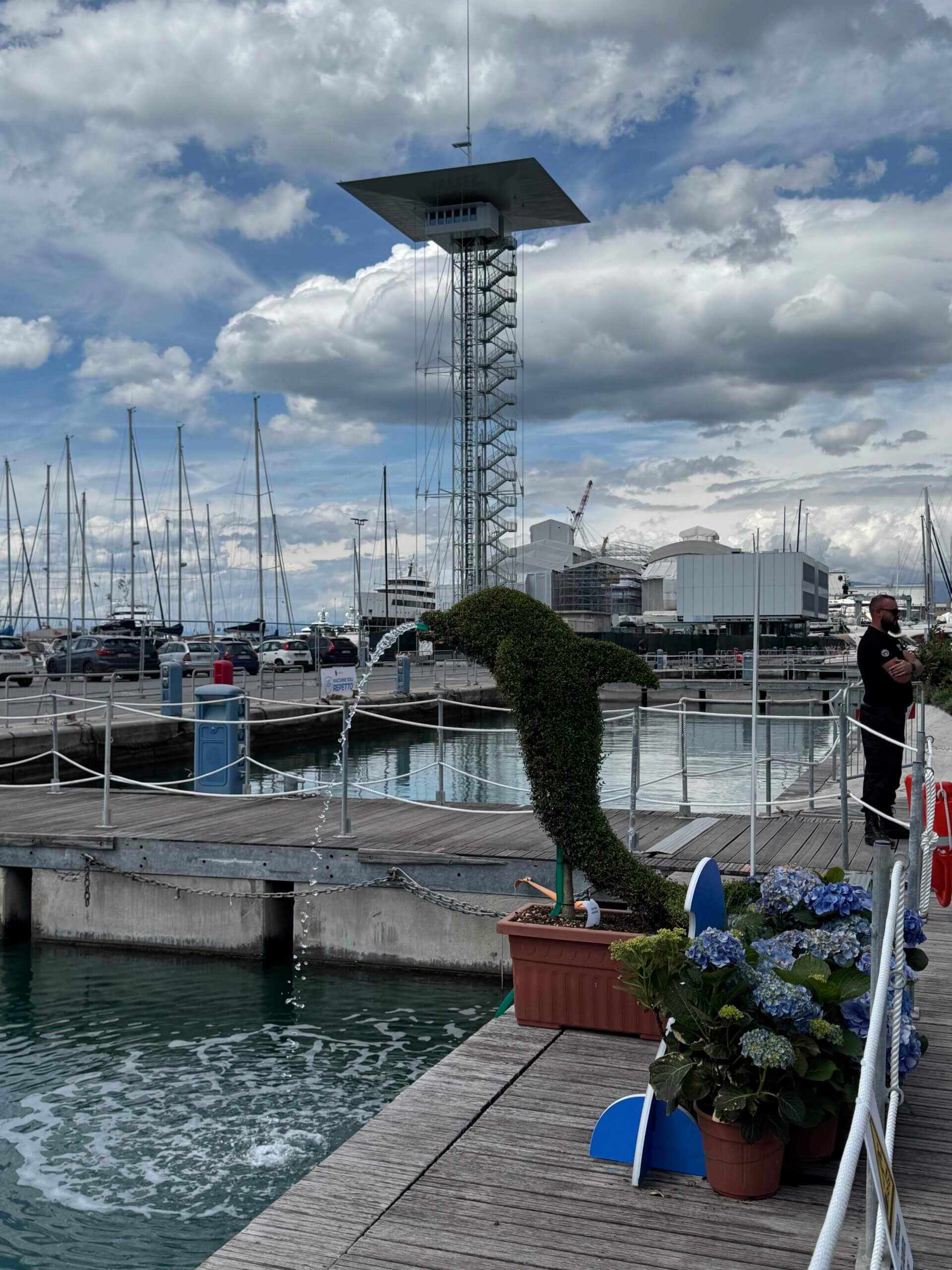
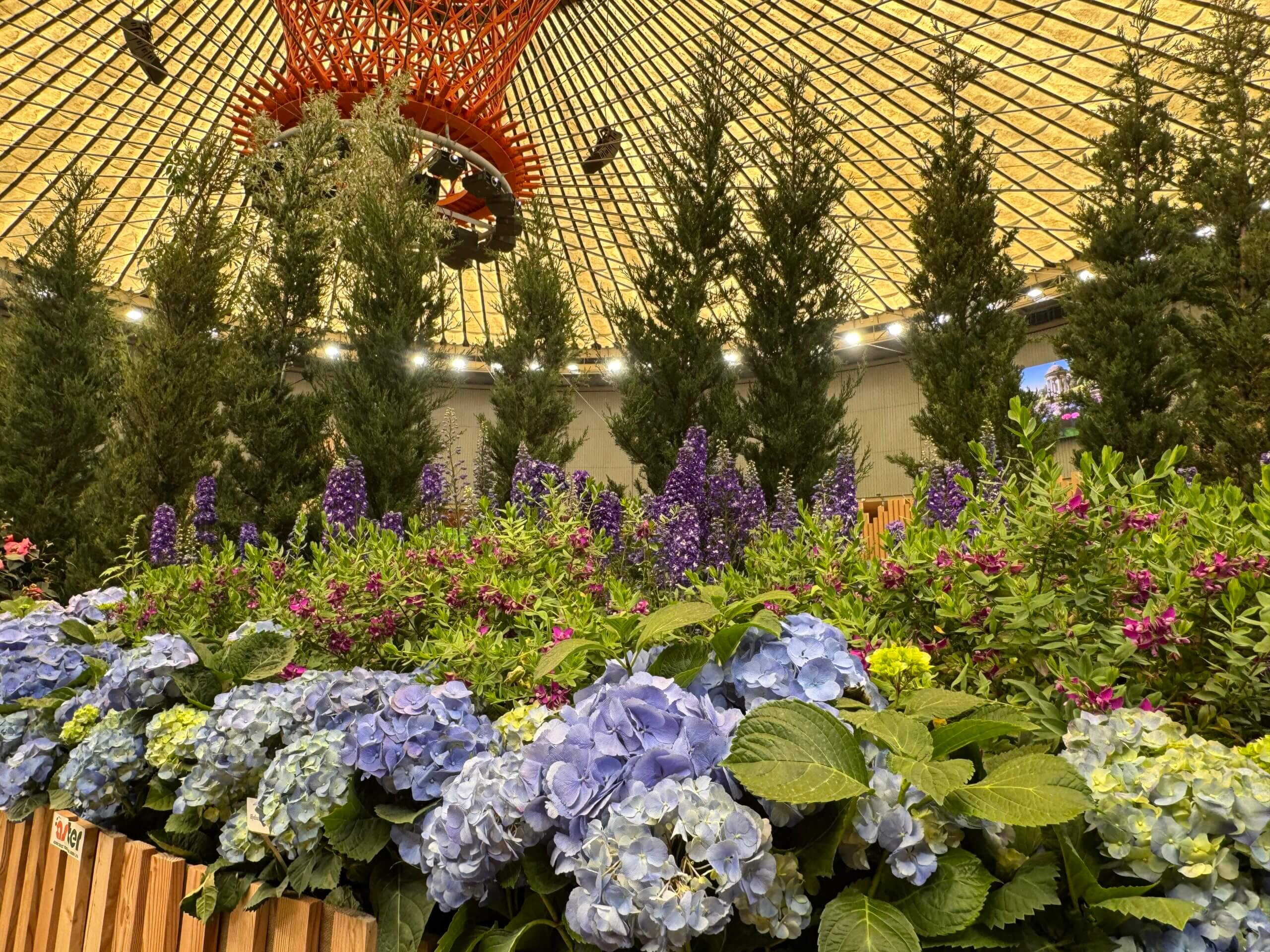
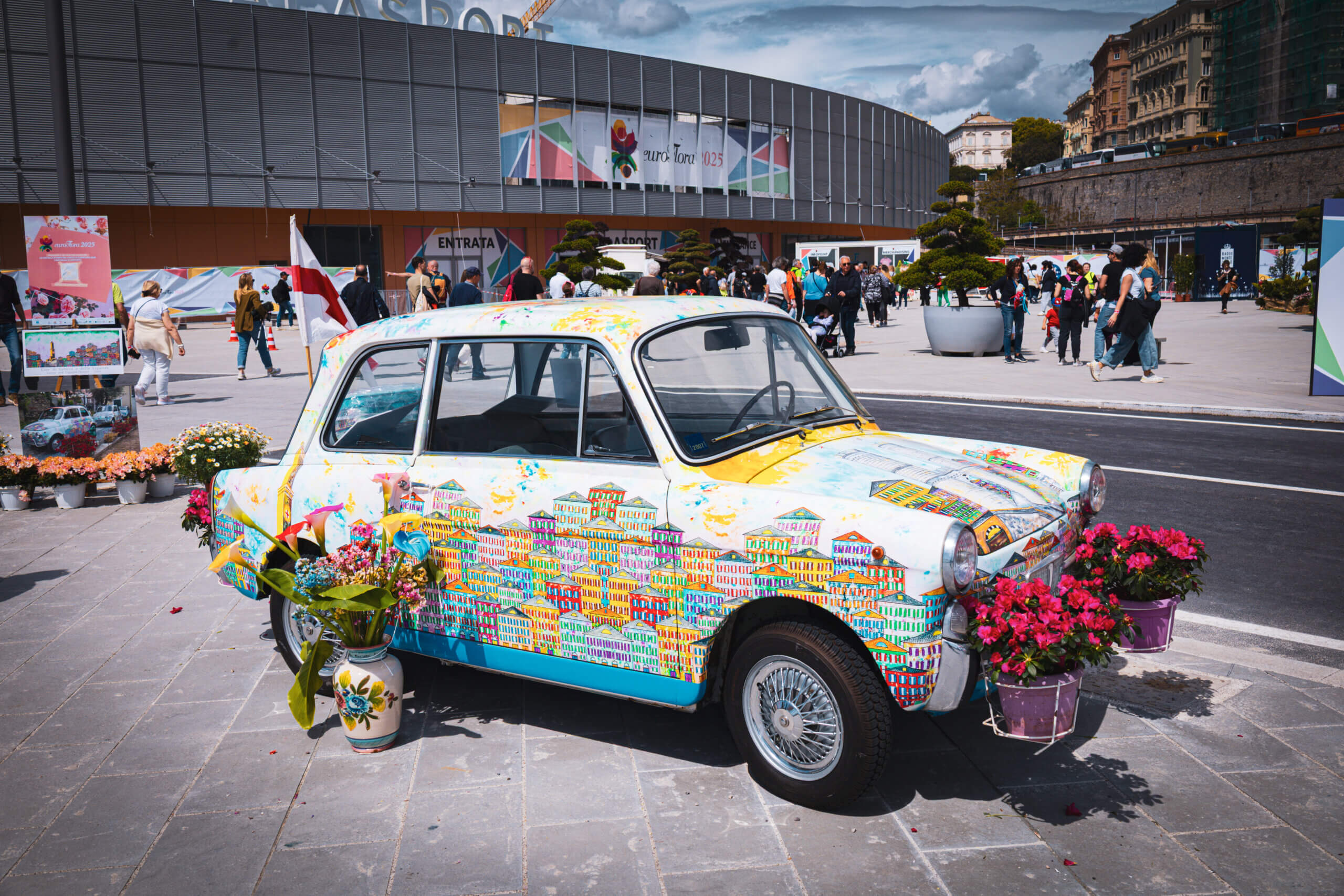
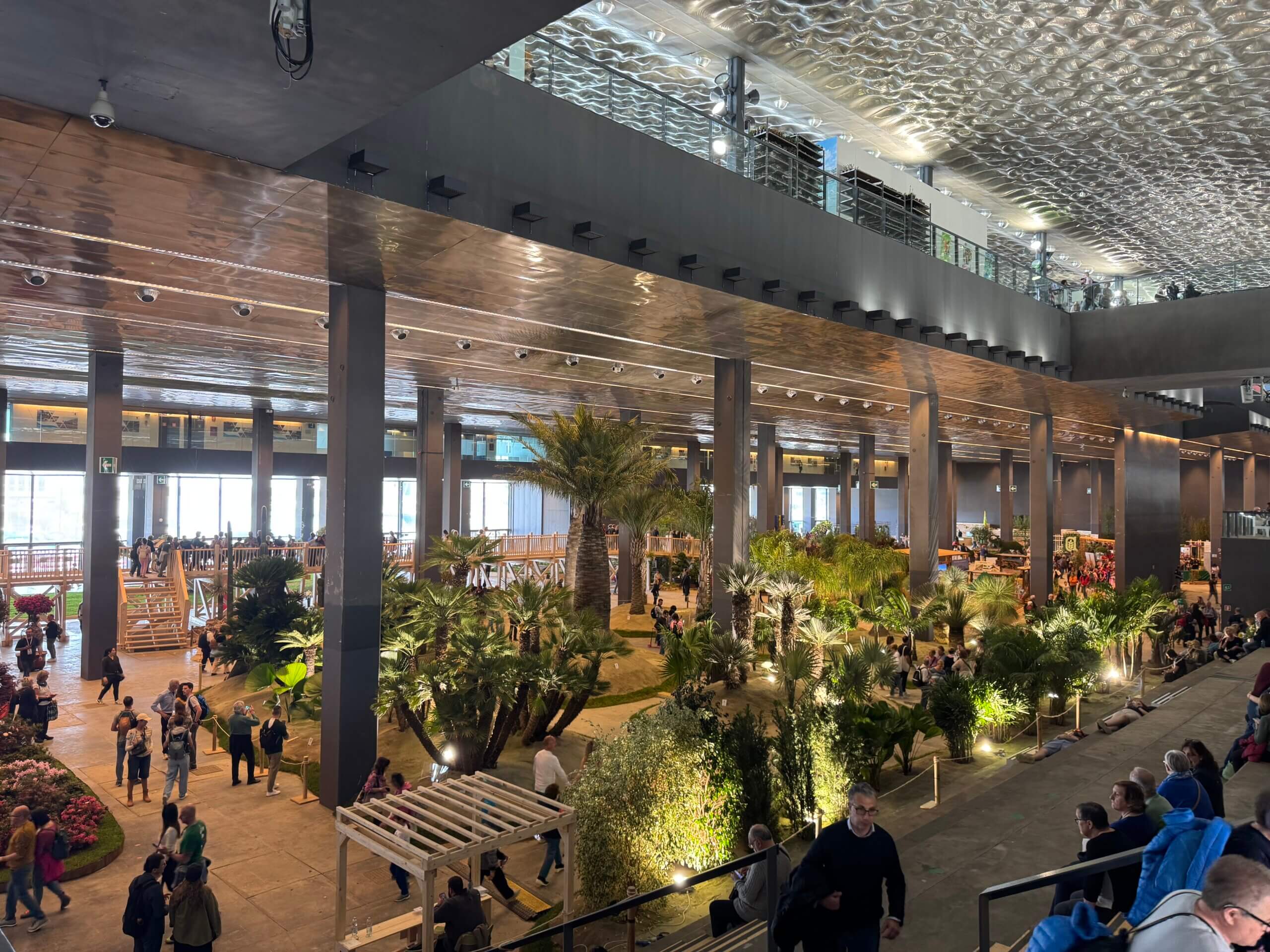
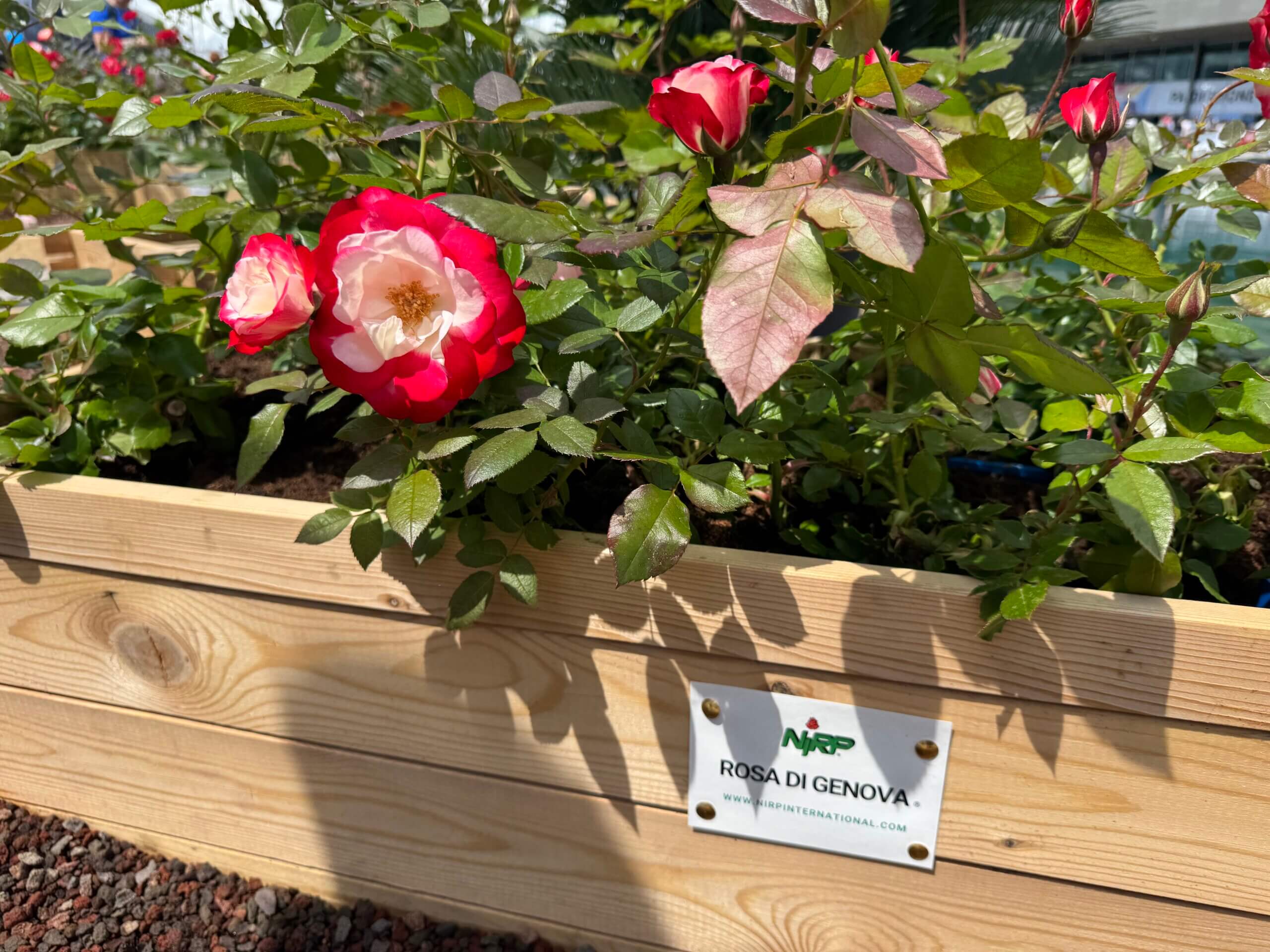
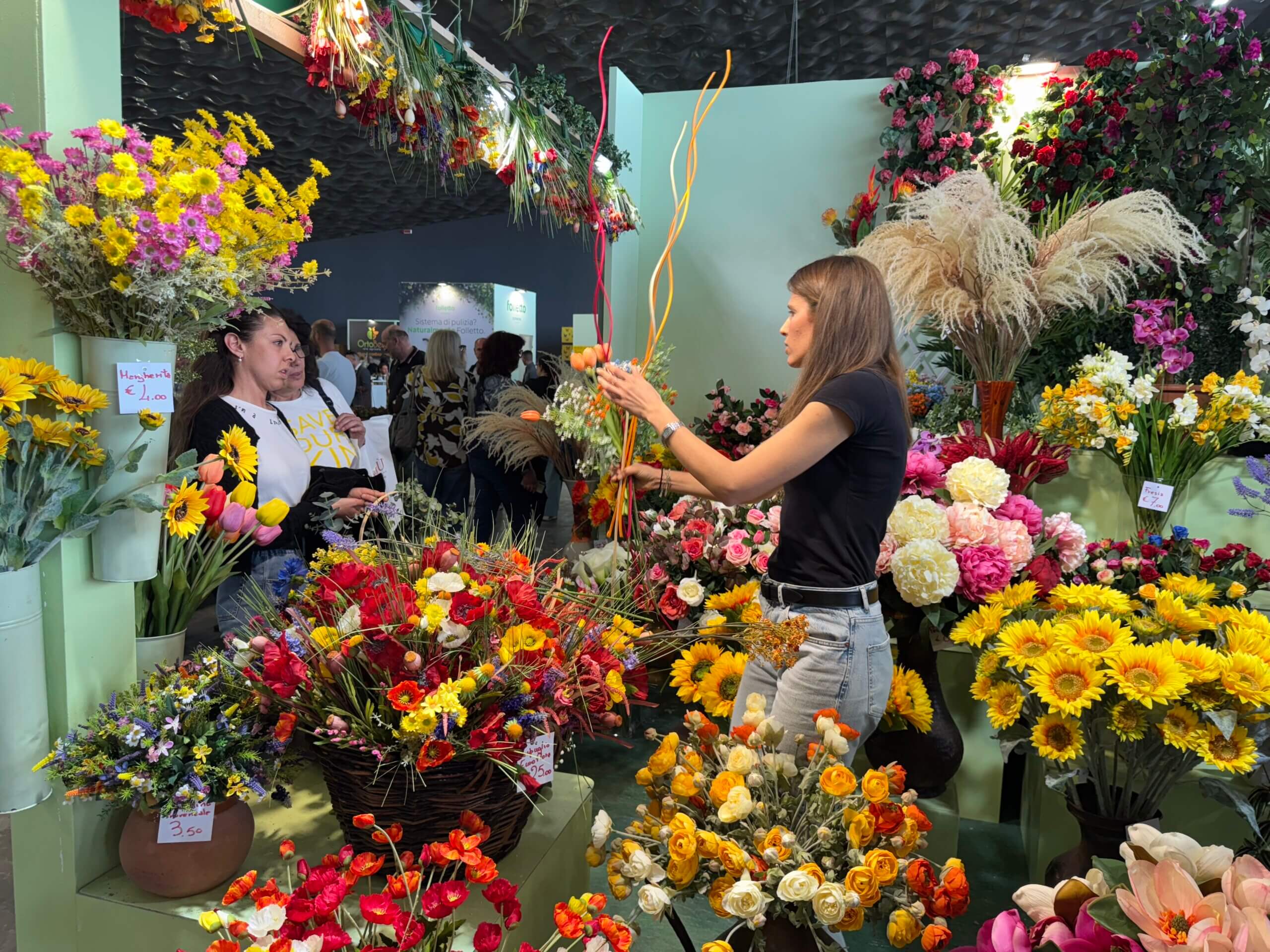
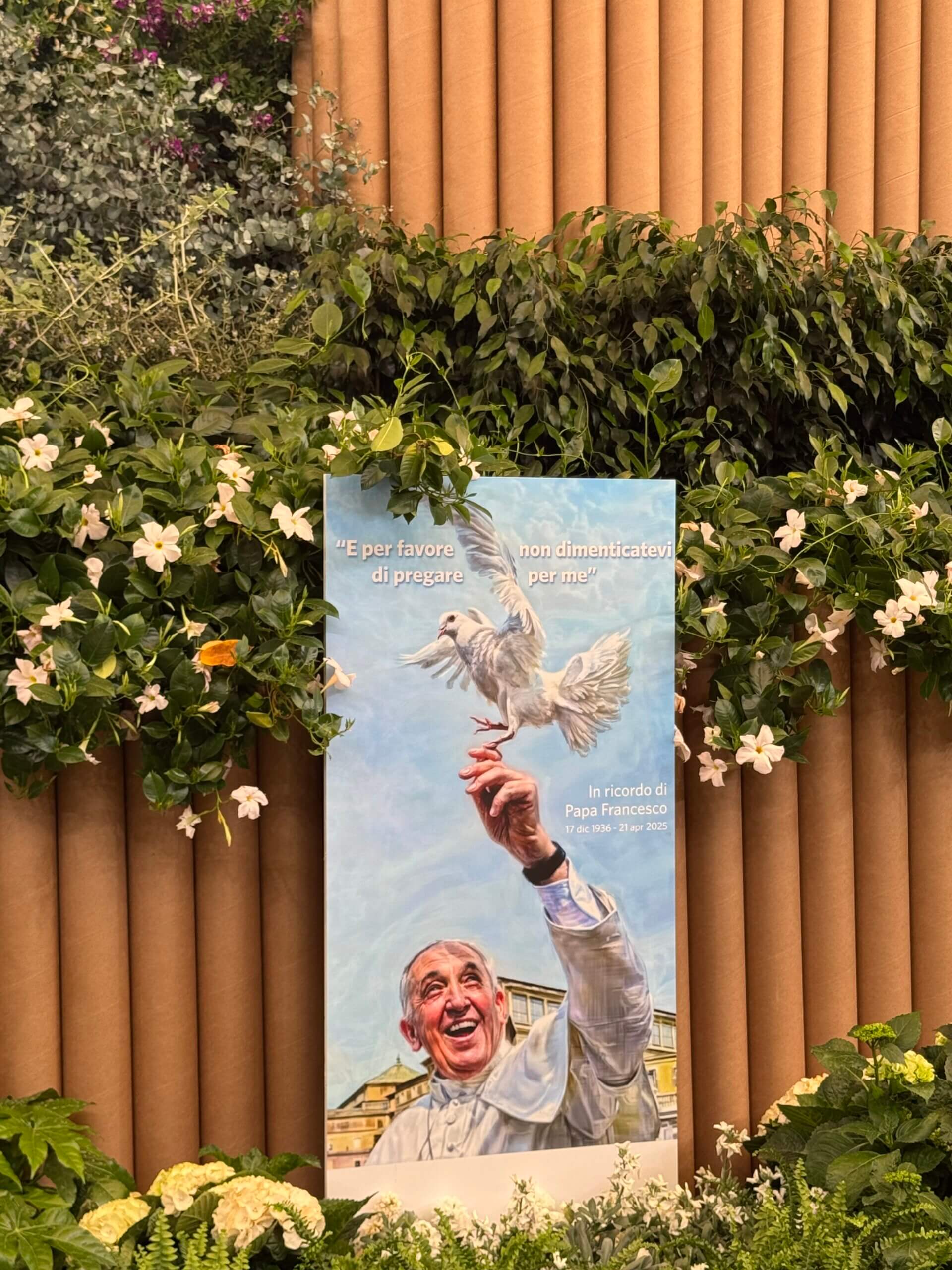
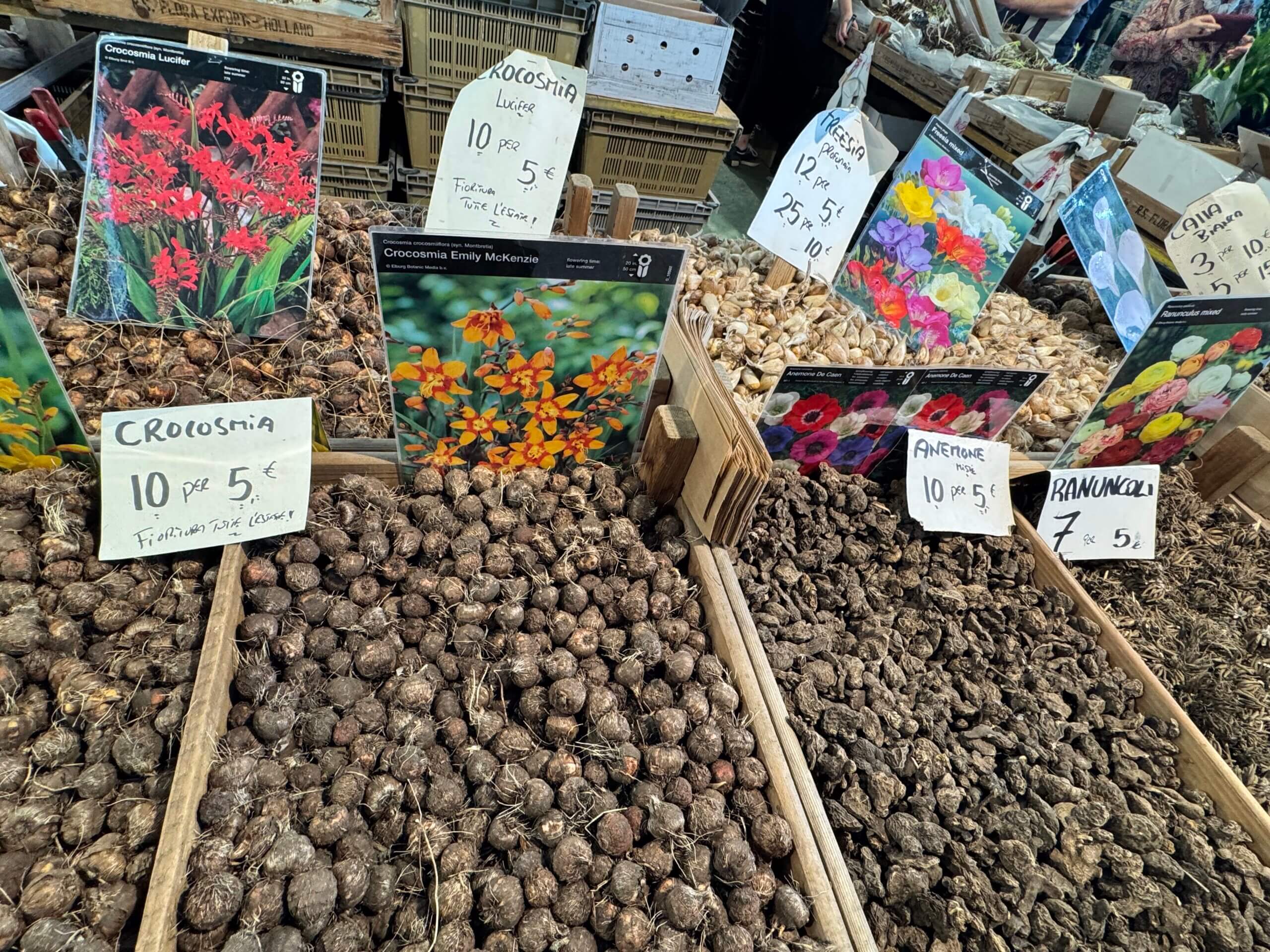
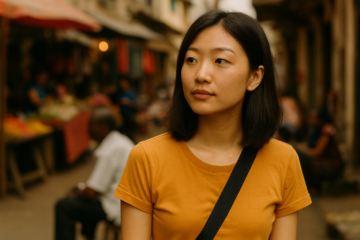

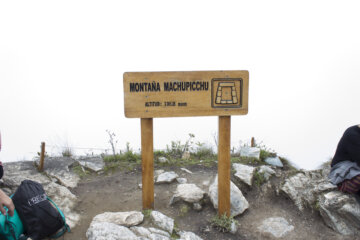

0 Comments